Hell of Different
-
0
-
0Shares
- in English below -
(Un reportage di Carolina Paltrinieri)
Il 15 Marzo 2018 il Parlamento Europeo condanna le violenze e gli omicidi verso i disabili che vengono commessi in Uganda.
In questo paese dell’entroterra dell’Africa Orientale che si colloca al 163° posto su 188 in termini di sviluppo umano i casi di disabilità cognitiva e fisica, secondo stime ufficiali, riguardano il 10% della popolazione.
A causa dell’inesistenza del termine disabile nella lingua ufficiale e alla mancanza di informazione a livello sanitario, un bambino che nasce affetto da handicap si presume colpito da un maleficio che, nella cultura ancestrale e tradizionale viene trasmesso su commissione dalla figura del Witch Craft. Il Witch Doctor è la figura antitetica del Witch Craft, è colui che scaccia il maligno in contrapposizione a colui che lo invoca.
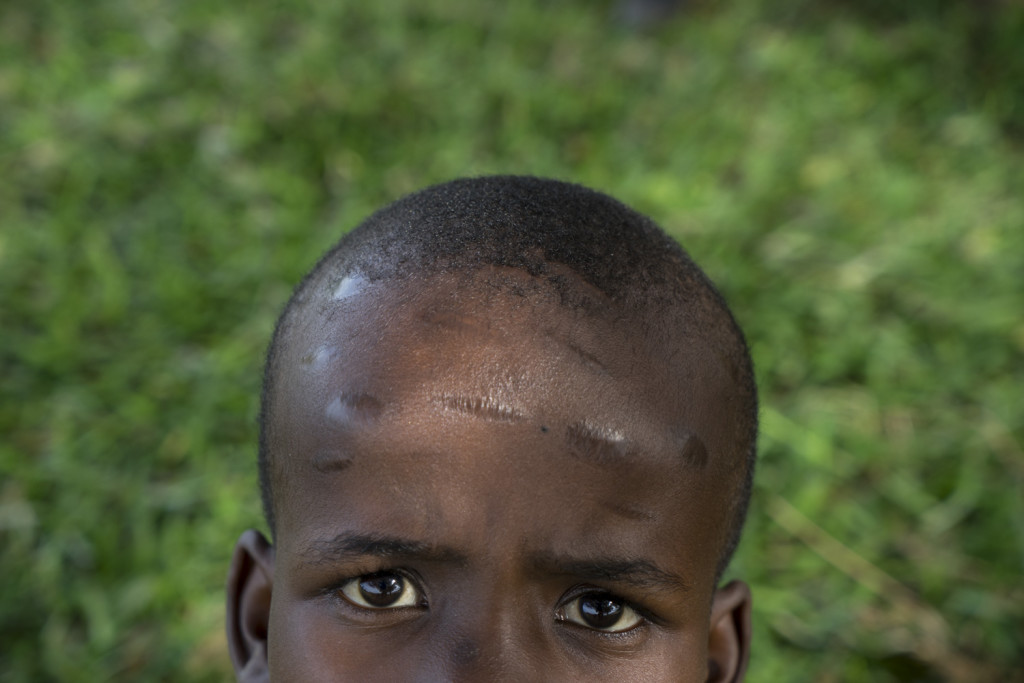
La mancanza di conoscenze verso questi problemi fisici e mentali e il timore dell’oscuro induce la popolazione a credere nel demonio e nella superstizione.
La nascita di un bambino affetto da disabilità genera perciò un sentimento di emarginazione, vergogna e umiliazione.
La stessa nascita è frutto di una maledizione che va scacciata con metodi ancestrali.
Sia il Witch Doctor che il Witch Craft vivono al di fuori della comunità, nei profondi meandri della natura, fra le foreste di banane, quasi a evocare dalla natura stessa lo spirito e i metodi di maledizione e guarigione, come dimostra l’ampio uso di erbe, corna animali e lumache.
Il Witch Doctor richiama moltissimi bambini e adulti che vengono portati o si recano spontaneamente in questi luoghi pagani per esorcizzare il demonio e i peccati.
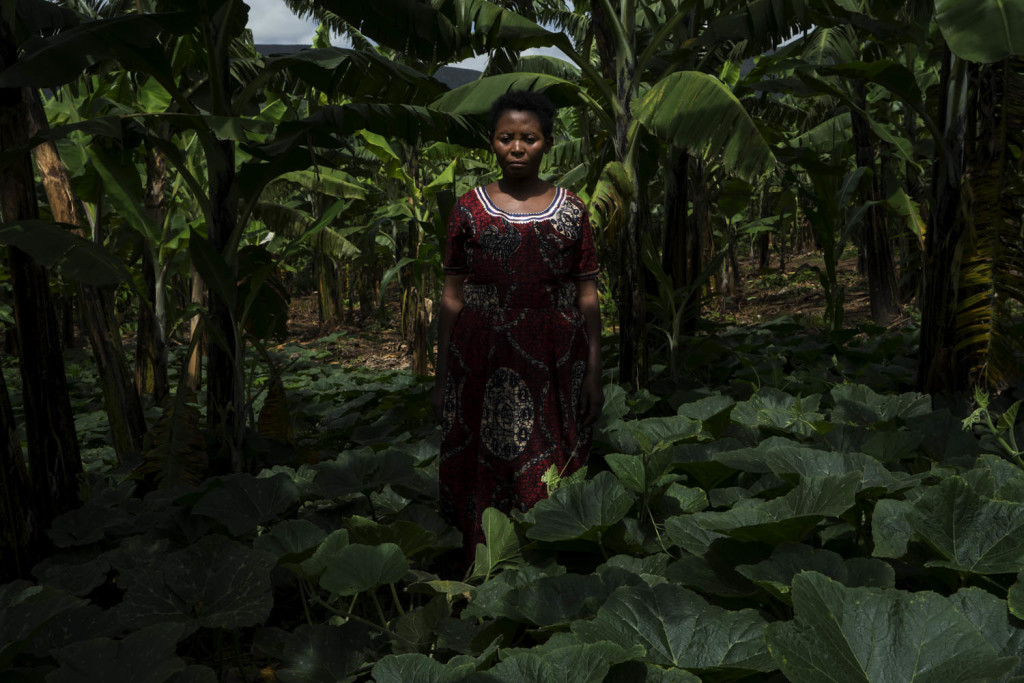
Negli adulti il metodo più utilizzato per purificarsi è l’induzione al vomito, mentre sui bambini vengono praticate incisioni direttamente sulle malformazioni oppure legati pezzi di stoffa sul corpo nudo di queste creature che sono poi abbandonate nelle mani dei predicatori per mesi.
Oltre al timore dell’oscuro e a una cultura ancestrale radicata da secoli di credenze popolari, la disperazione, dovuta a un’ignoranza diffusa anche nelle minime nozioni mediche spinge le famiglie a recarsi da questi santoni. In Uganda non vi sono risposte dalla comunità scientifica, né tantomeno diagnosi approfondite. Basti pensare che secondo i dati del WHO ogni 10.000 abitanti il numero dei medici è 1,7 mentre mentre per infermieri e ostetriche si agita intorno ai 13. Le poche terapie e prescrizioni vengono fatte in inglese dai medici e le famiglie non riescono a interpretarle correttamente.
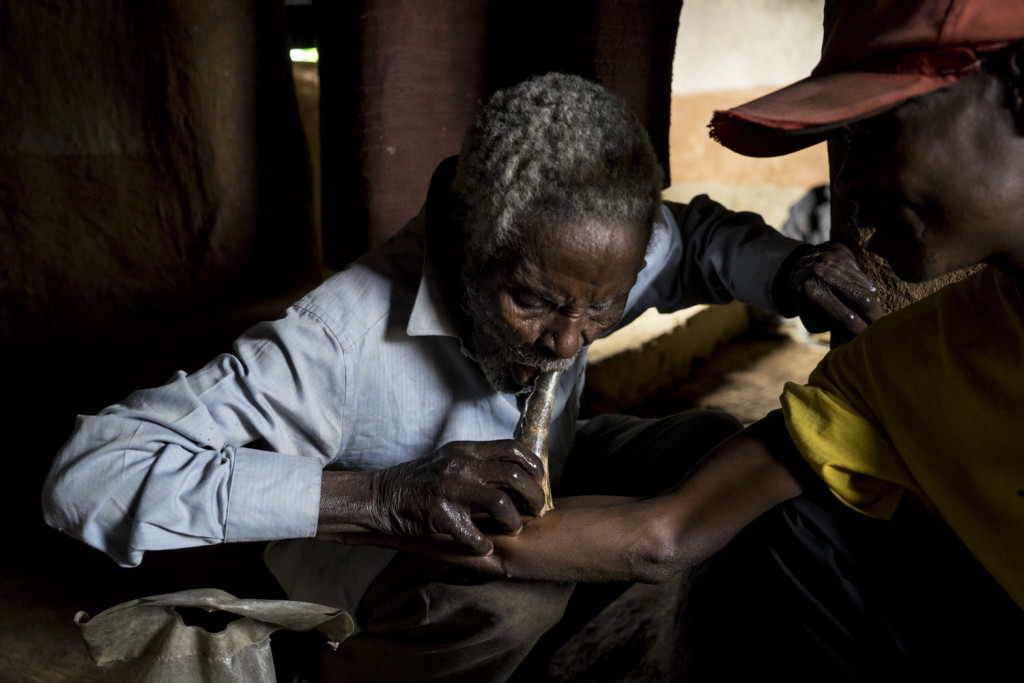
Sia i genitori istruiti che non, all’ennesima “non risposta” da parte della medicina alla disabilità dei figli iniziano a credere nell’oscuro e nelle maledizioni per confidare in una possibile guarigione.
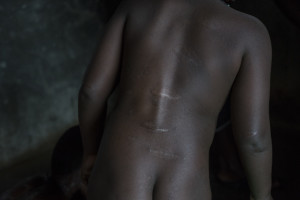 I bambini passano mesi in agonia nel bosco di banane, all’esterno della casa di una Witch Doctor. Non mangiano, peggiorano di giorno in giorno, e sono ricoperti di punture di insetto, nudi, con lacci di stoffa legati sul corpo, un tormento mentale e fisico.
I bambini passano mesi in agonia nel bosco di banane, all’esterno della casa di una Witch Doctor. Non mangiano, peggiorano di giorno in giorno, e sono ricoperti di punture di insetto, nudi, con lacci di stoffa legati sul corpo, un tormento mentale e fisico.
Nell’Uganda di oggi c’è un posto letto in ospedale ogni 689 persone, e finche' non ci sarà un assistenza sanitaria adeguata risulterà difficile estirpare dalla cultura tradizionale queste figure ataviche e il timore dell’oscuro.
Una luce nel buio per queste famiglie è la scuola per disabili fondata da Marta Novati e Giorgio Scarpioni che hanno iniziato l’attività di sostegno ai disabili in Uganda nel 2012. Sono due laici francescani che con Ewe Mama Onlus hanno fatto dell’Uganda la loro seconda casa da oltre sei anni. Qui, con l’aiuto dei Frati francescani della parrocchia di Rushooka, gestiscono un centro di accoglienza e istruzione per bambini disabili chiamato Karidaari Seed, (traducibile come “seme di senape”).
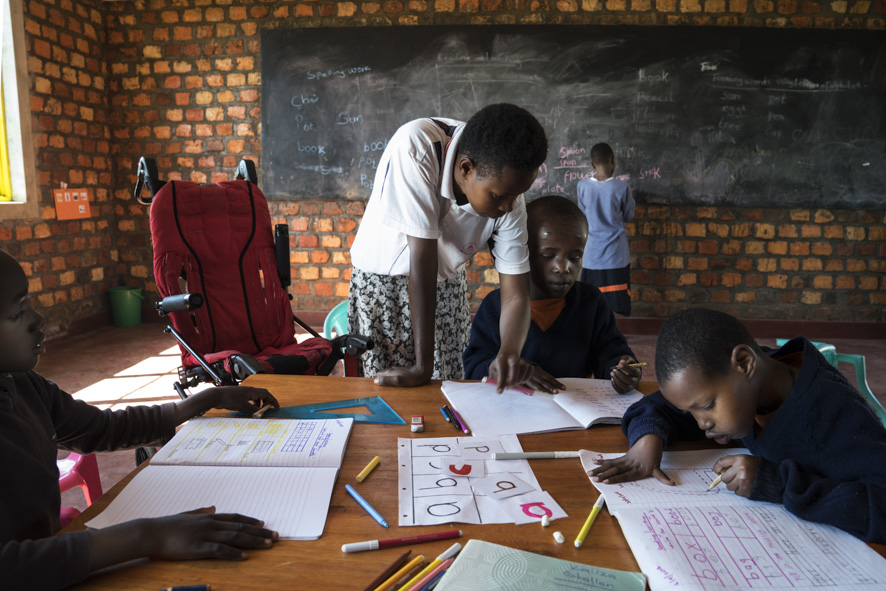
Sotto il motto di “Disability is not inability”, i bambini imparano ad inserirsi nel mondo da cui prima erano del tutto preclusi. Solo imparando i lavori più semplici saranno poi accettati dalla famiglia quando faranno ritorno a casa.
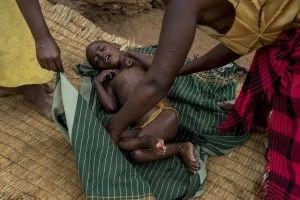 Nel cortile ho trovato, abbandonato sul terriccio un bambino seminudo con una disabilità gravissima, era sporco, ricoperto di punture di insetto e denutrito, spoglio oltre che dei vestiti della sua dignità.
Nel cortile ho trovato, abbandonato sul terriccio un bambino seminudo con una disabilità gravissima, era sporco, ricoperto di punture di insetto e denutrito, spoglio oltre che dei vestiti della sua dignità. 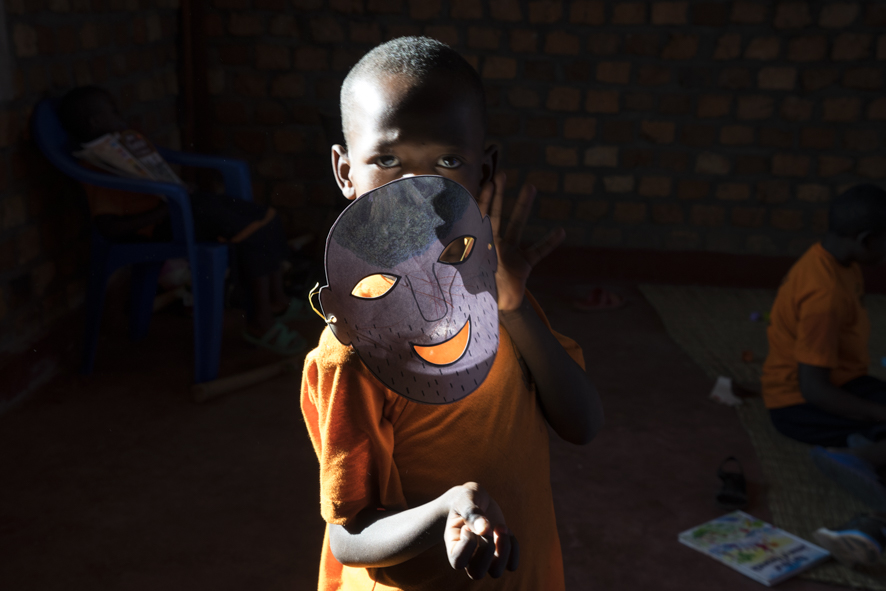
PHOTO GALLERY
HELL OF DIFFERENT
(A reportage by Carolina Paltrinieri)
On March 15, 2018, the European Parliament condemned the violence and murders against disabled people that are committed in Uganda.
In this inland country of East Africa, which ranks 163rd out of 188 in terms of human development, cases of cognitive and physical disability, according to official estimates, concern 10% of the population.
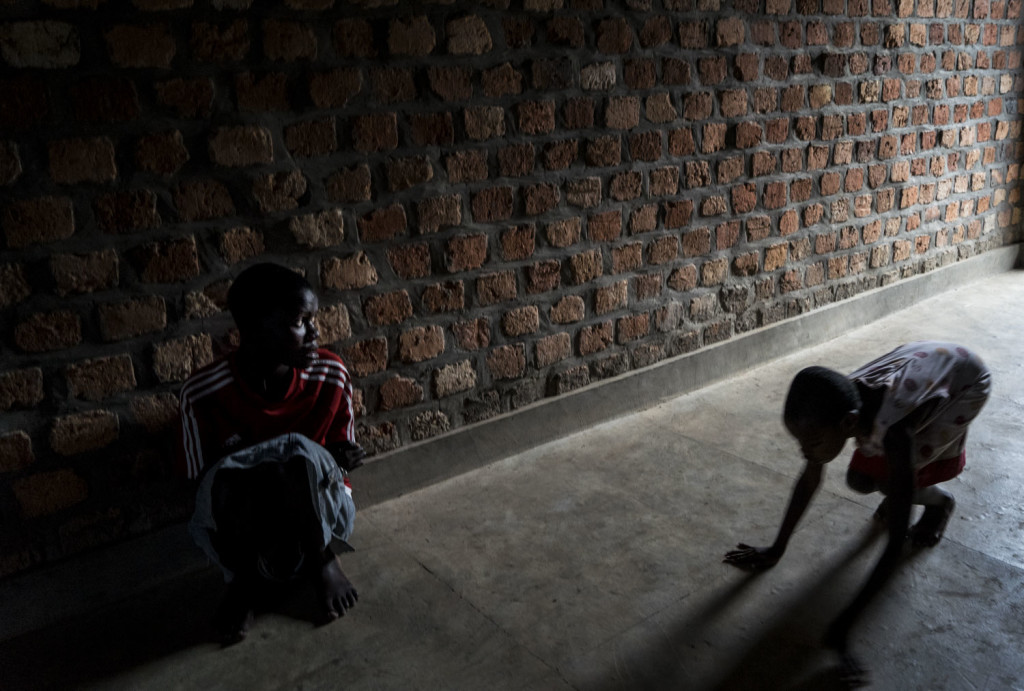 Due to the non-existence of the disabled term in the official language and to the lack of health information, a child born with a disability is presumed to be struck by a curse which, in the ancestral and traditional culture, is transmitted on commission by the figure of the Witch Craft. The Witch Doctor is the antithetical figure of the Witch Craft, it is the one who drives away the evil one as opposed to the one who invokes it.
Due to the non-existence of the disabled term in the official language and to the lack of health information, a child born with a disability is presumed to be struck by a curse which, in the ancestral and traditional culture, is transmitted on commission by the figure of the Witch Craft. The Witch Doctor is the antithetical figure of the Witch Craft, it is the one who drives away the evil one as opposed to the one who invokes it.
The lack of knowledge towards these physical and mental problems and the fear of the dark leads the population to believe in the devil and superstition.
The birth of a child with a disability therefore generates a feeling of marginalization, shame and humiliation.
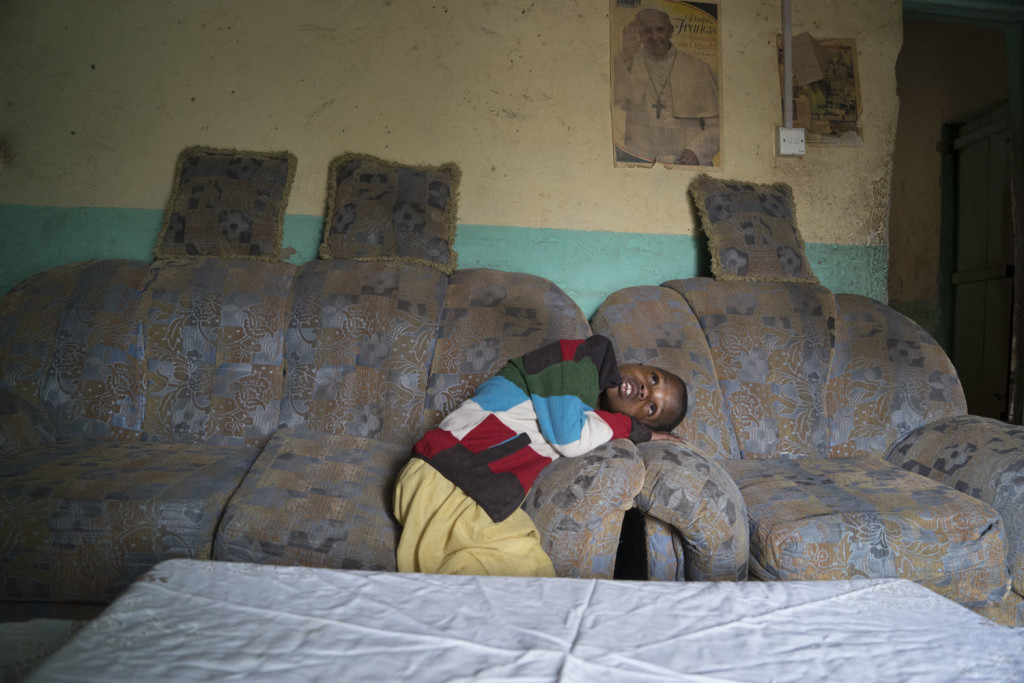
The birth itself is the result of a curse that must be driven away by ancestral methods.
Both the Witch Doctor and the Witch Craft live outside the community, in the deep meanders of nature, in the banana forests, as if to evoke from nature itself the spirit and methods of curse and healing, as evidenced by the wide use of herbs , animal horns and snails.
The Witch Doctor attracts many children and adults who are brought or go spontaneously to these pagan places to exorcise the devil and sins.
In adults, the most commonly used method of purification is induction to vomit, while on children incisions are made directly on the malformations or pieces of cloth are tied on the naked body of these creatures that are then abandoned in the hands of the preachers for months.
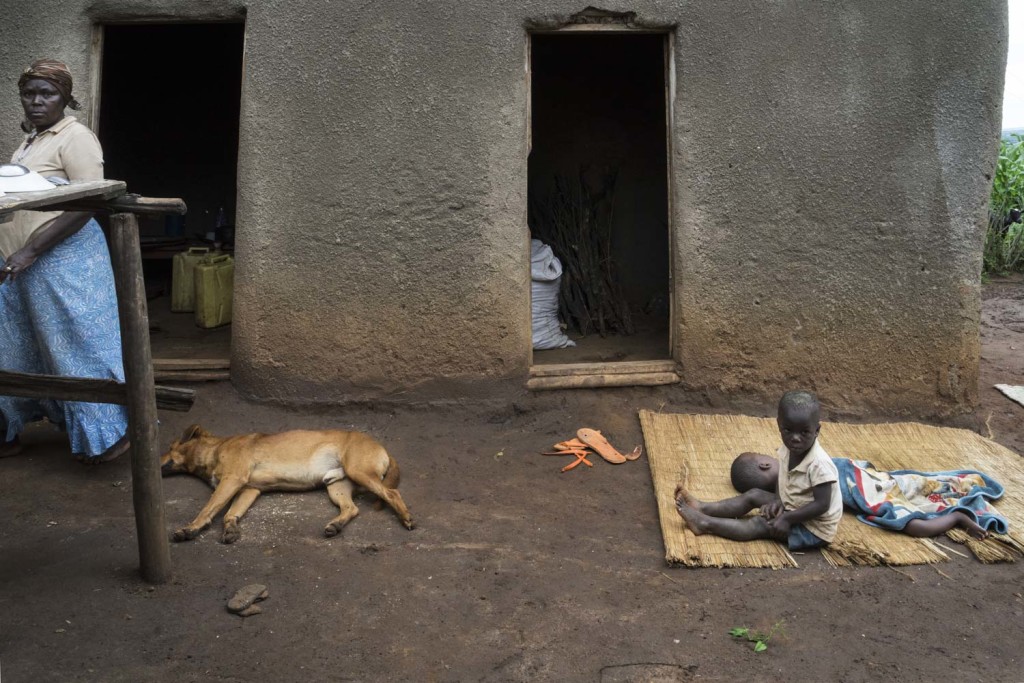
In addition to the fear of the dark and an ancestral culture rooted in centuries of popular belief, desperation, due to widespread ignorance even in the slightest medical notions, drives families to visit these gurus. In Uganda, there are no answers from the scientific community, nor are there in-depth diagnoses. Suffice it to say that according to WHO data for every 10,000 inhabitants, the number of doctors is 1.7, while for nurses and midwives around 13. The few therapies and prescriptions are made in English by doctors and families cannot correctly interpret them .
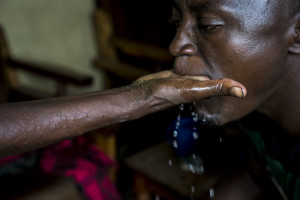 Both educated and uneducated parents, to the umpteenth "non-response" by the medicine to the disability of children begin to believe in the dark and in the curses to trust in a possible recovery.
Both educated and uneducated parents, to the umpteenth "non-response" by the medicine to the disability of children begin to believe in the dark and in the curses to trust in a possible recovery.
Children spend months in agony in the banana forest, outside the home of a Witch Doctor. They do not eat, they get worse from day to day, and they are covered with insect bites, naked, with laces of cloth tied on the body, a mental and physical torment.
In today's Uganda there is one hospital bed for every 689 people, and until there is adequate health care it will be difficult to eradicate these atavistic figures and the fear of the dark from traditional culture.
A light in the dark for these families is the school for the disabled founded by Marta Novati and Giorgio Scarpioni who started supporting disabled people in Uganda in 2012. They are two Franciscan laity who with Ewe Mama Onlus made Uganda their second home for over six years. Here, with the help of the Franciscan friars of the parish of Rushooka, they run a reception and education center for disabled children called Karidaari Seed, (translatable as "mustard seed").
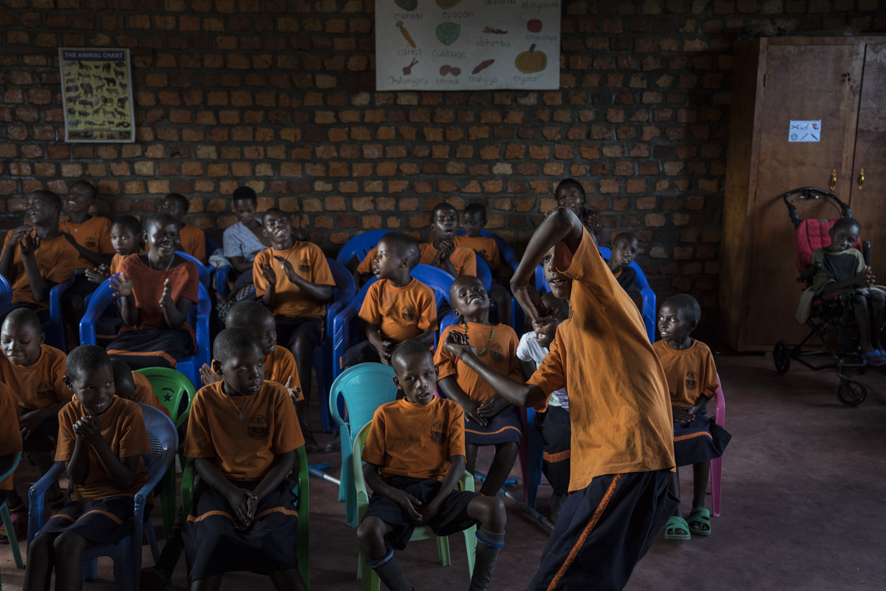
Under the motto of "Disability is not inability", children learn to fit into the world from which they were previously completely excluded. Only by learning the simplest jobs will then be accepted by the family when they return home.
During the period in which I stayed at the mission of Marta and Giorgio to carry out this report together with my fixer David, I met a Witch Doctor in the dense forest of bananas in the Kania district.
We were in his house to introduce ourselves before starting to take photographs and I heard a desperate cry coming from the courtyard, at a certain point I asked David if, while he was finishing talking, I could go for a ride and he with the consent of Witch doctor told me yes.
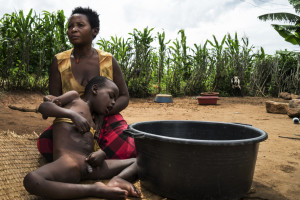 In the courtyard I found, abandoned on the soil a half-naked child with a very serious disability, he was dirty, covered with insect bites and undernourished, bare as well as the clothes of his dignity.
In the courtyard I found, abandoned on the soil a half-naked child with a very serious disability, he was dirty, covered with insect bites and undernourished, bare as well as the clothes of his dignity.
The witch doctor did not understand my bewilderment at seeing that scene because for her all that was part of the treatment, I remember pleading with her to bathe him, and she, although annoyed, had satisfied me.
When we left I was deeply upset and David noticed it.
The following day David wanted at all costs to let me pull the plug on such sadness and insisted on taking me to a market, we were in motion when at some point he changed direction and since I am always very alert I immediately asked him "Where are you going?" he told me "I have a surprise for you!"
We parked in front of a very pretty house and the child's parents opened the door for me!
David invited me to show them the condition in which their son was forced to live, we explained to him with difficulty that unfortunately he would never recover from that disability and invited them to take him to the mission of Giorgio and Marta.
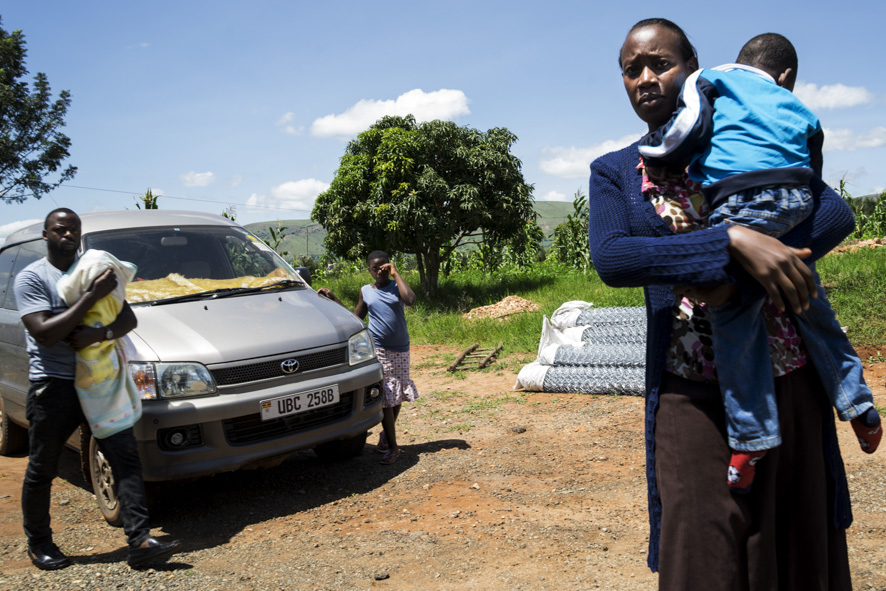
A little hopeful and aware of having done the right thing, we returned home.
The next day I was in Ewemama's school when the two parents and the baby arrived late in the morning.
Even if only one, at least he found his identity and saved himself from that hell on earth that was the home of the Witch Doctor.
PHOTO GALLERY
-
0
-
0Shares


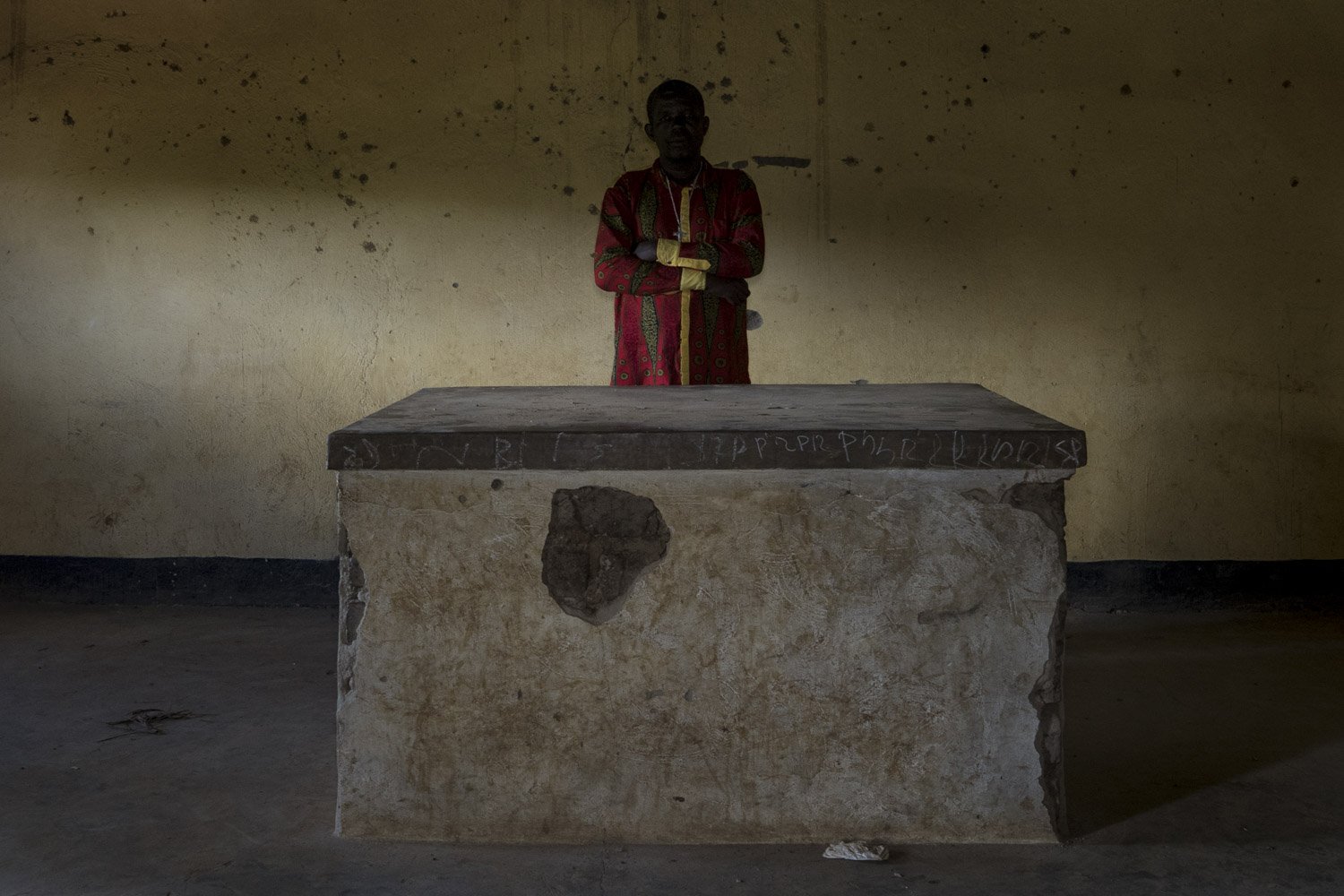
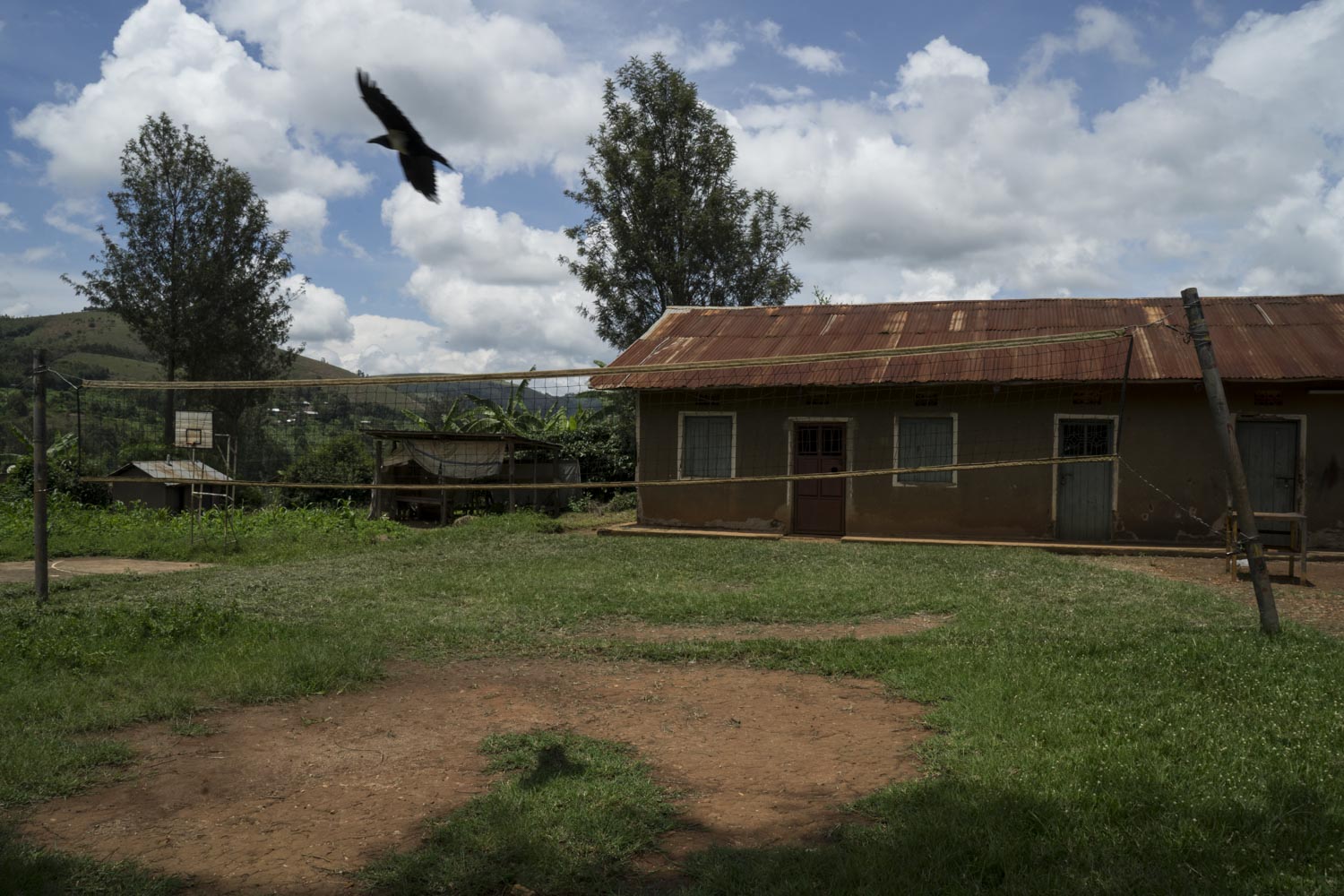
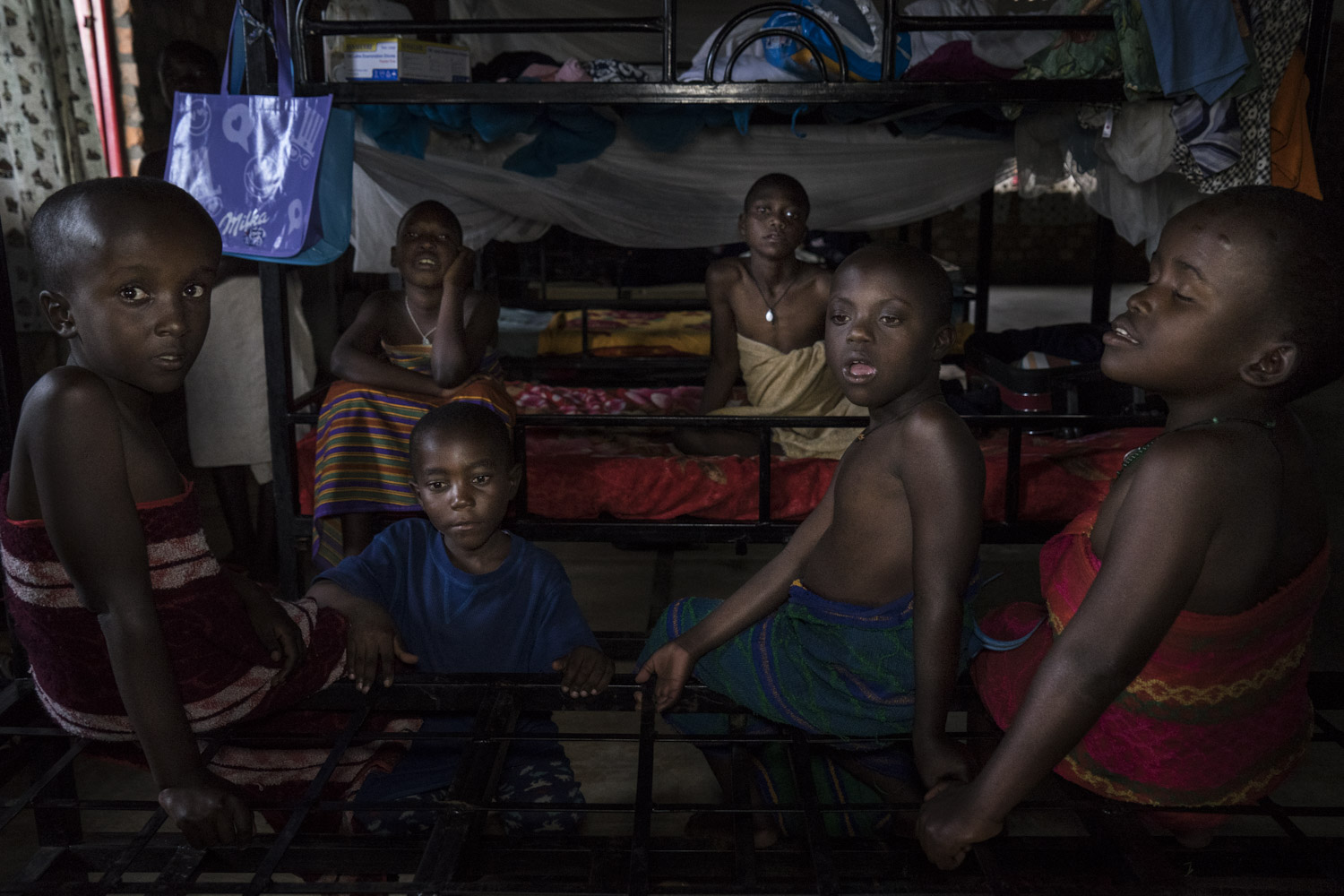
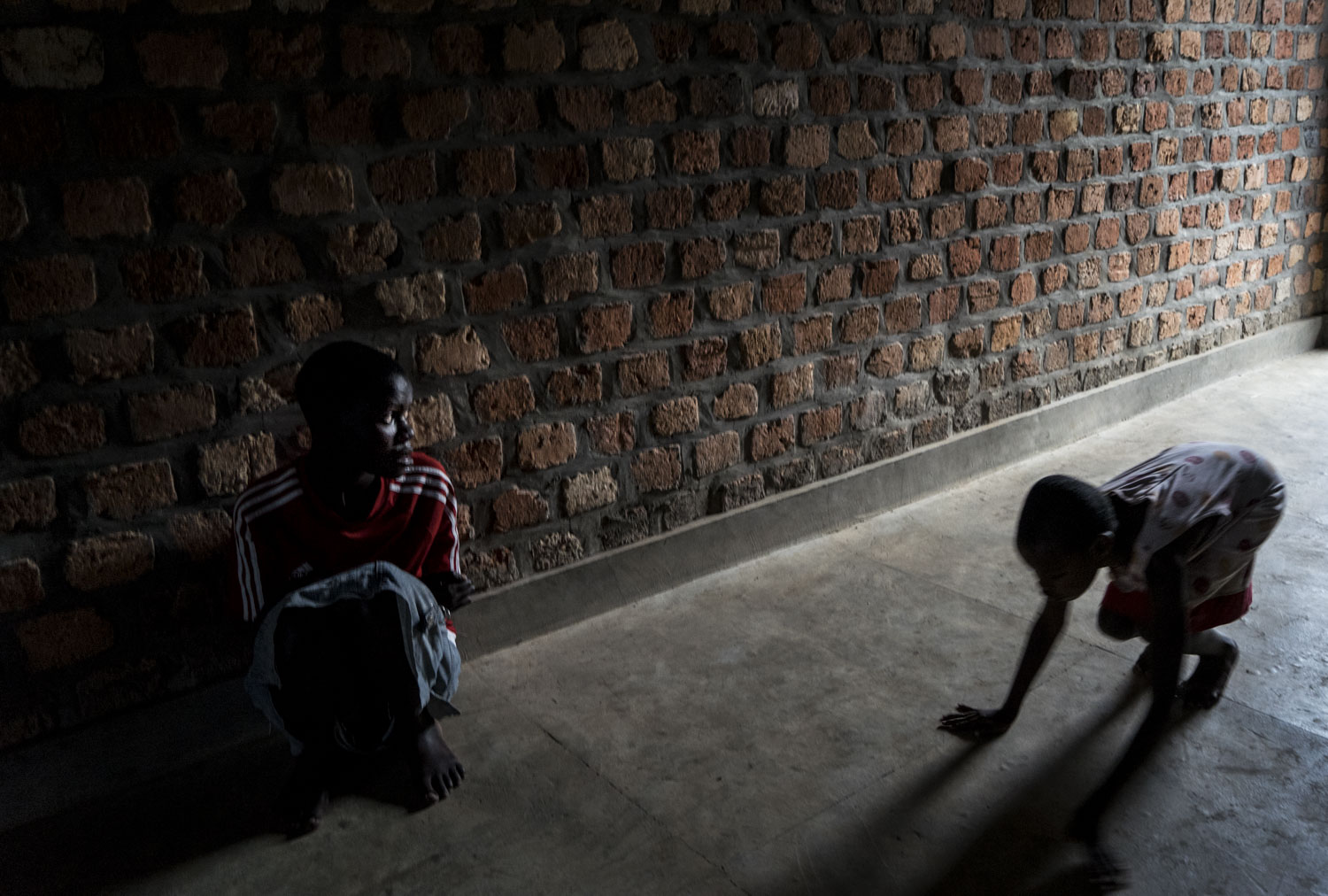

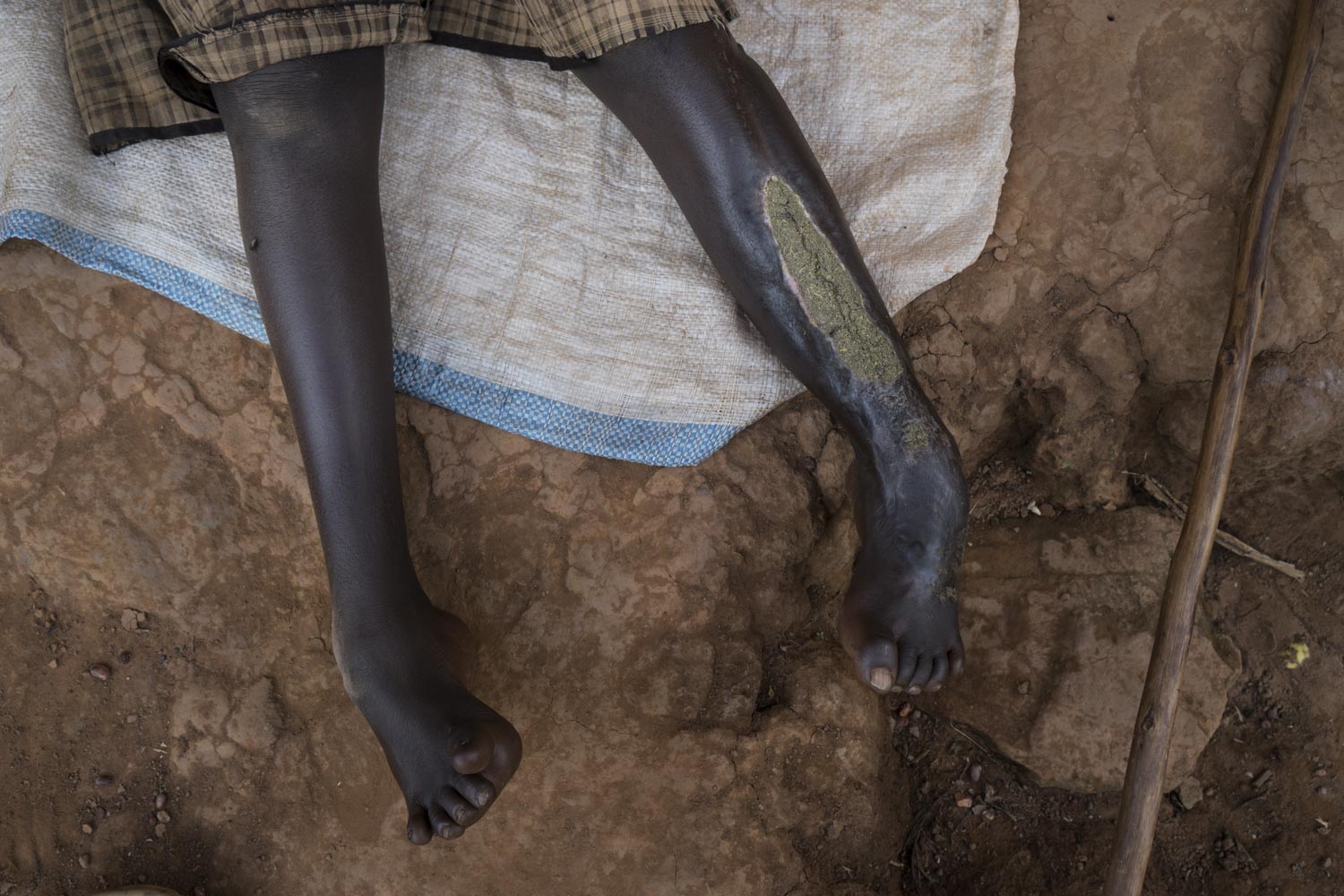
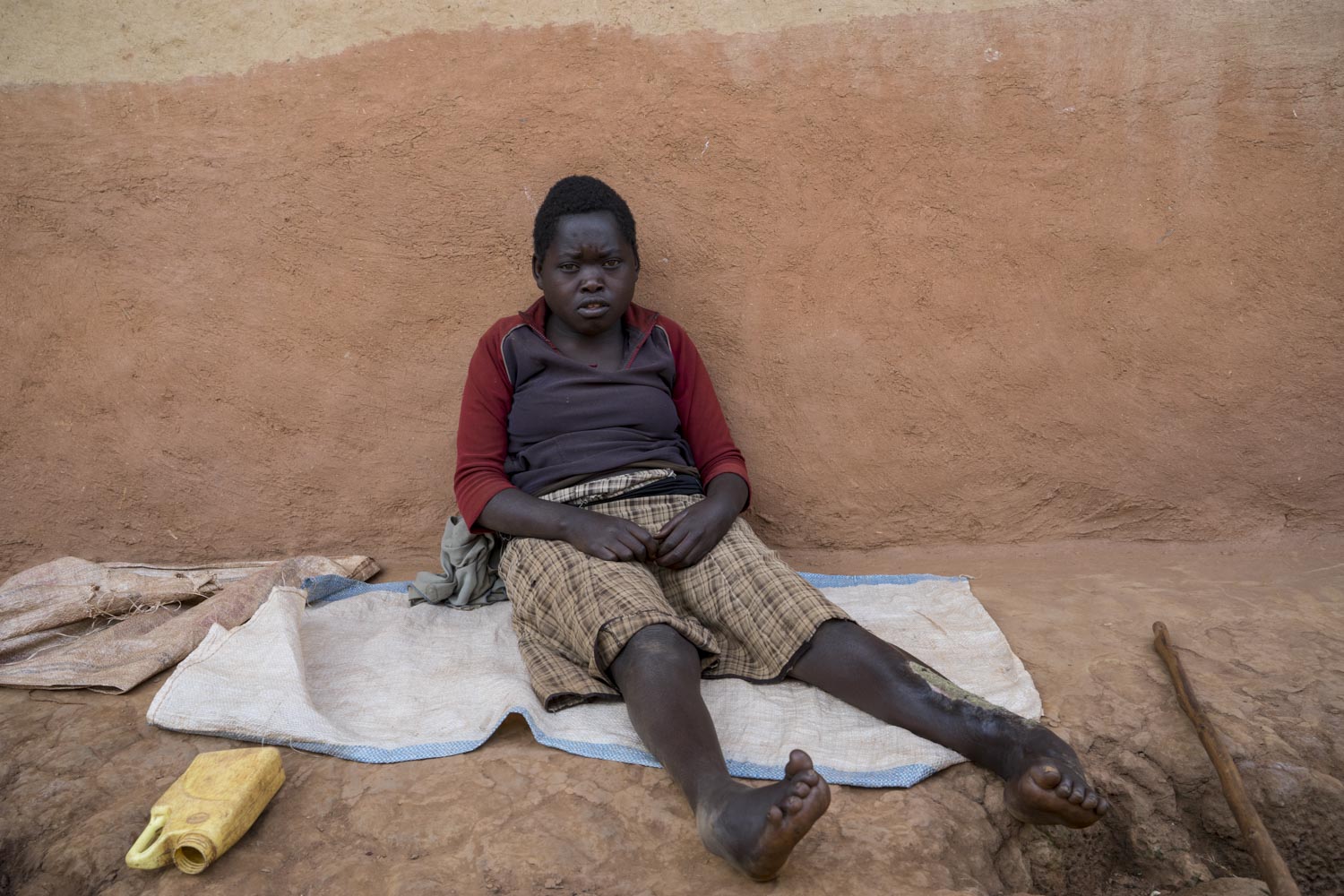
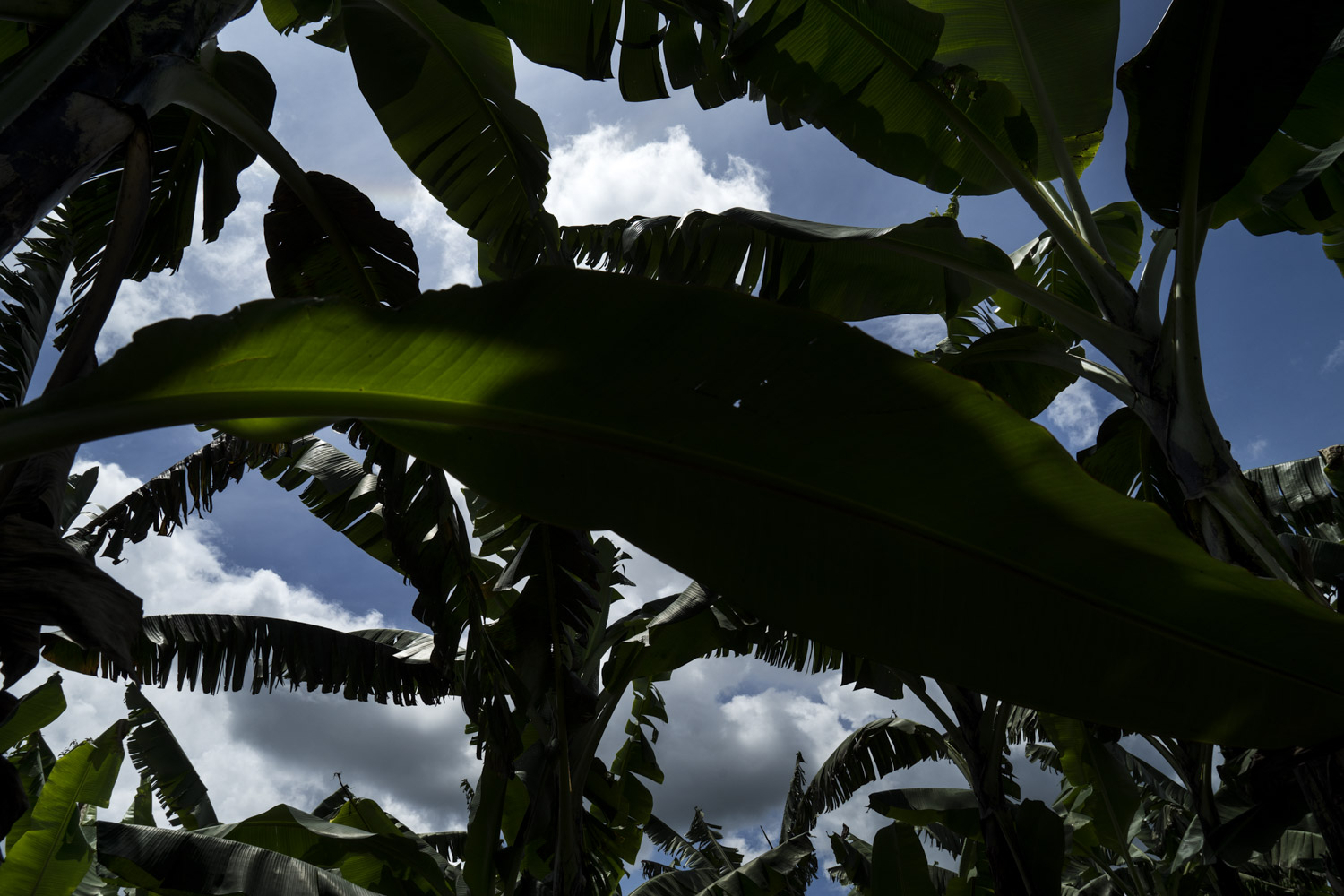
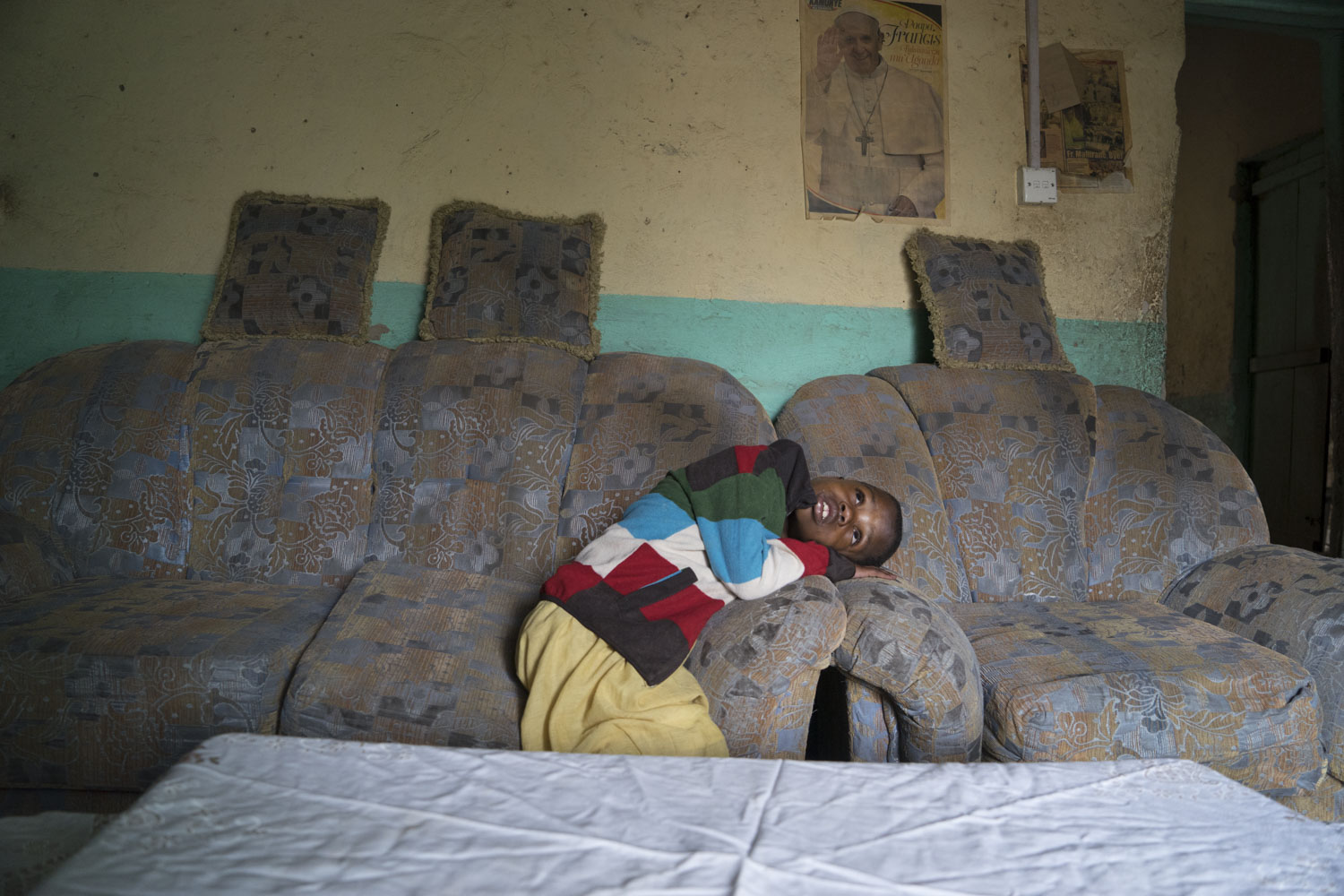
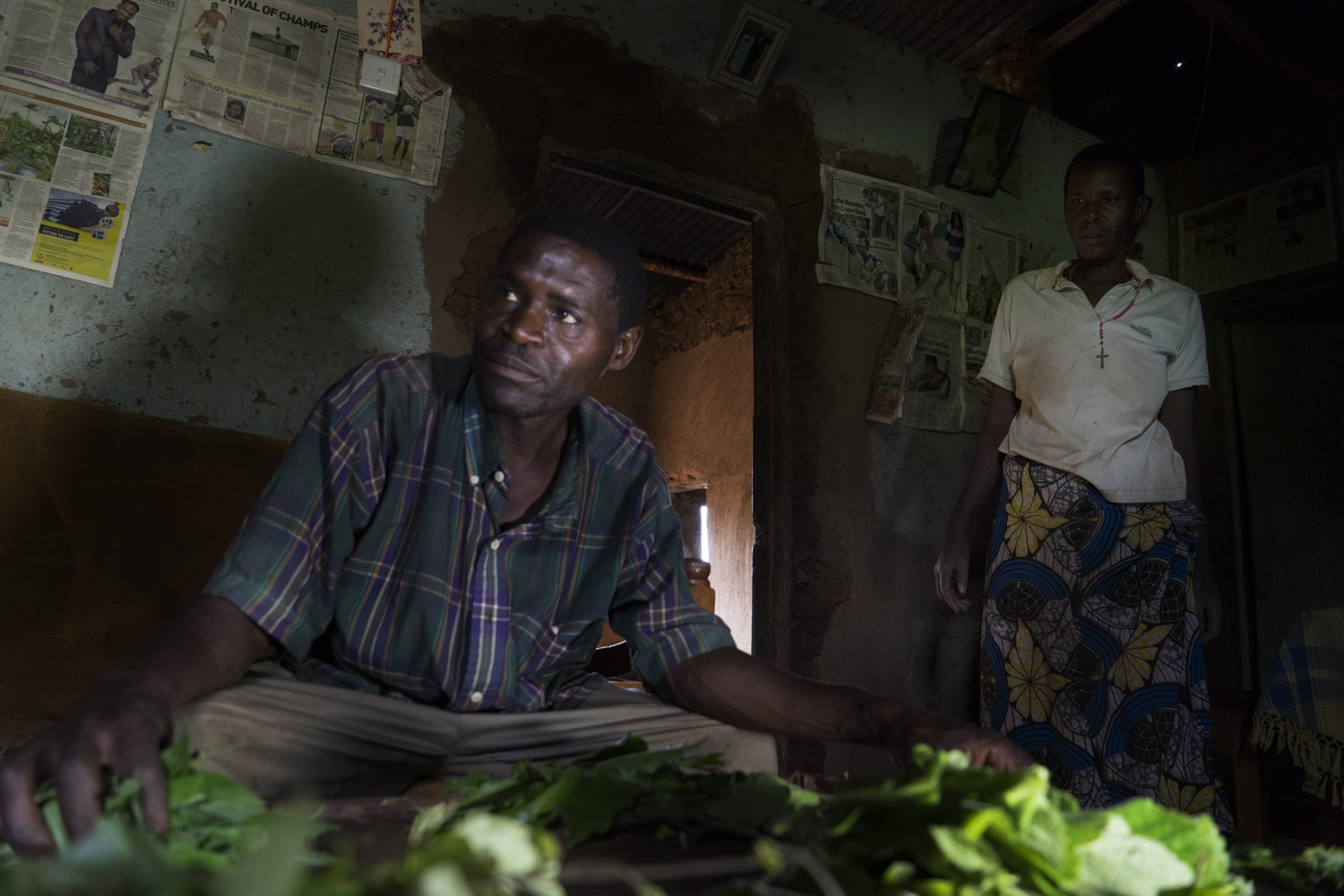
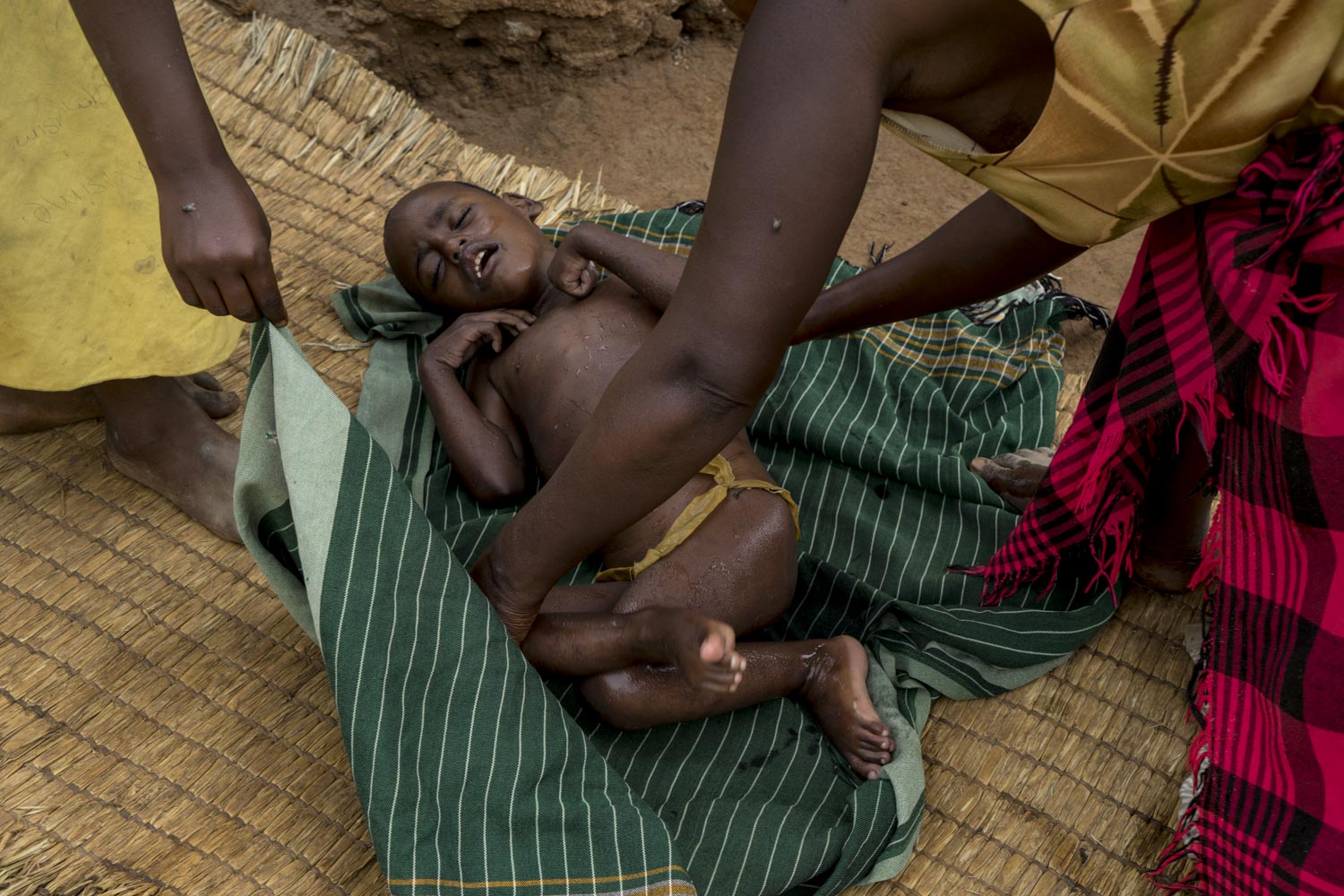
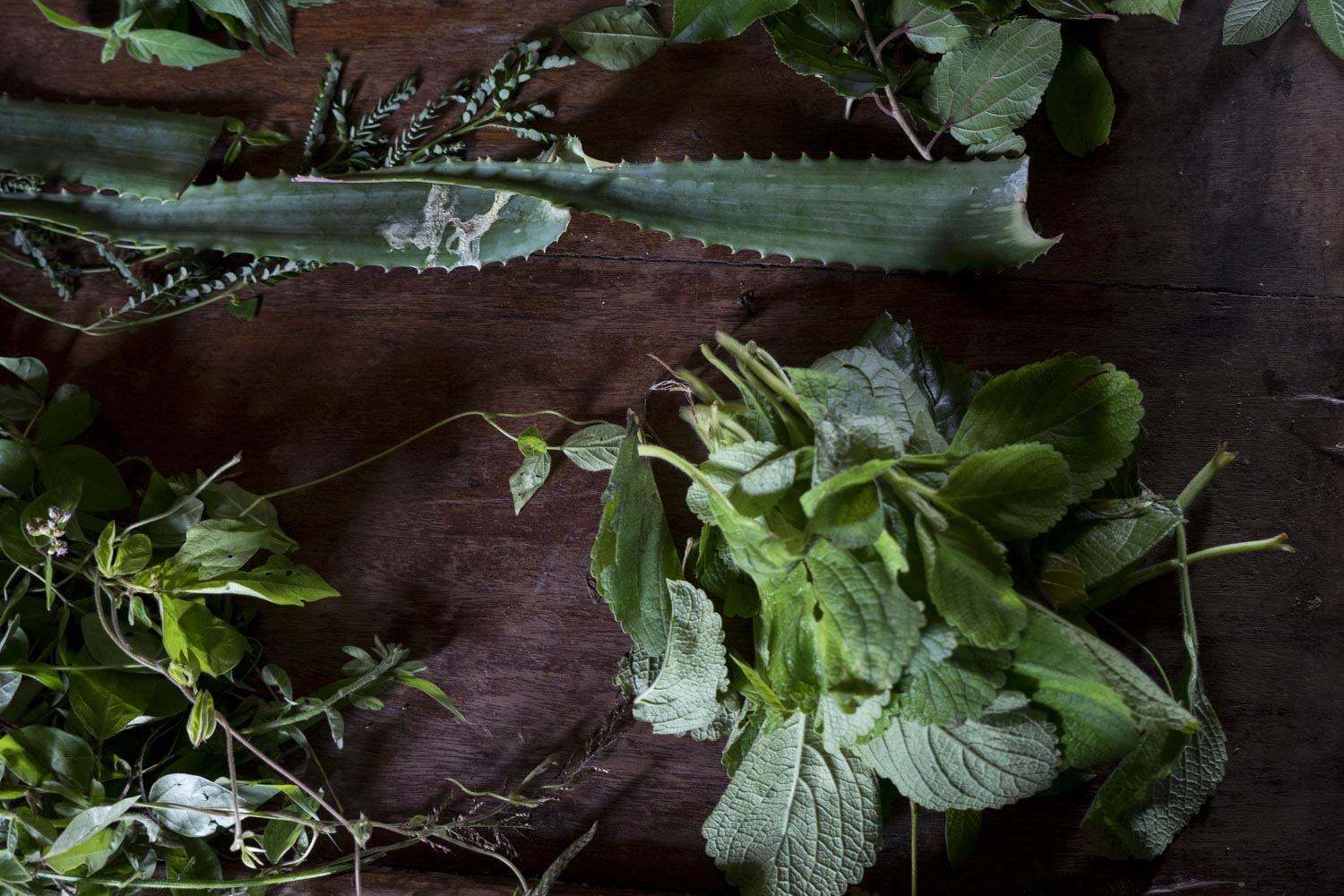
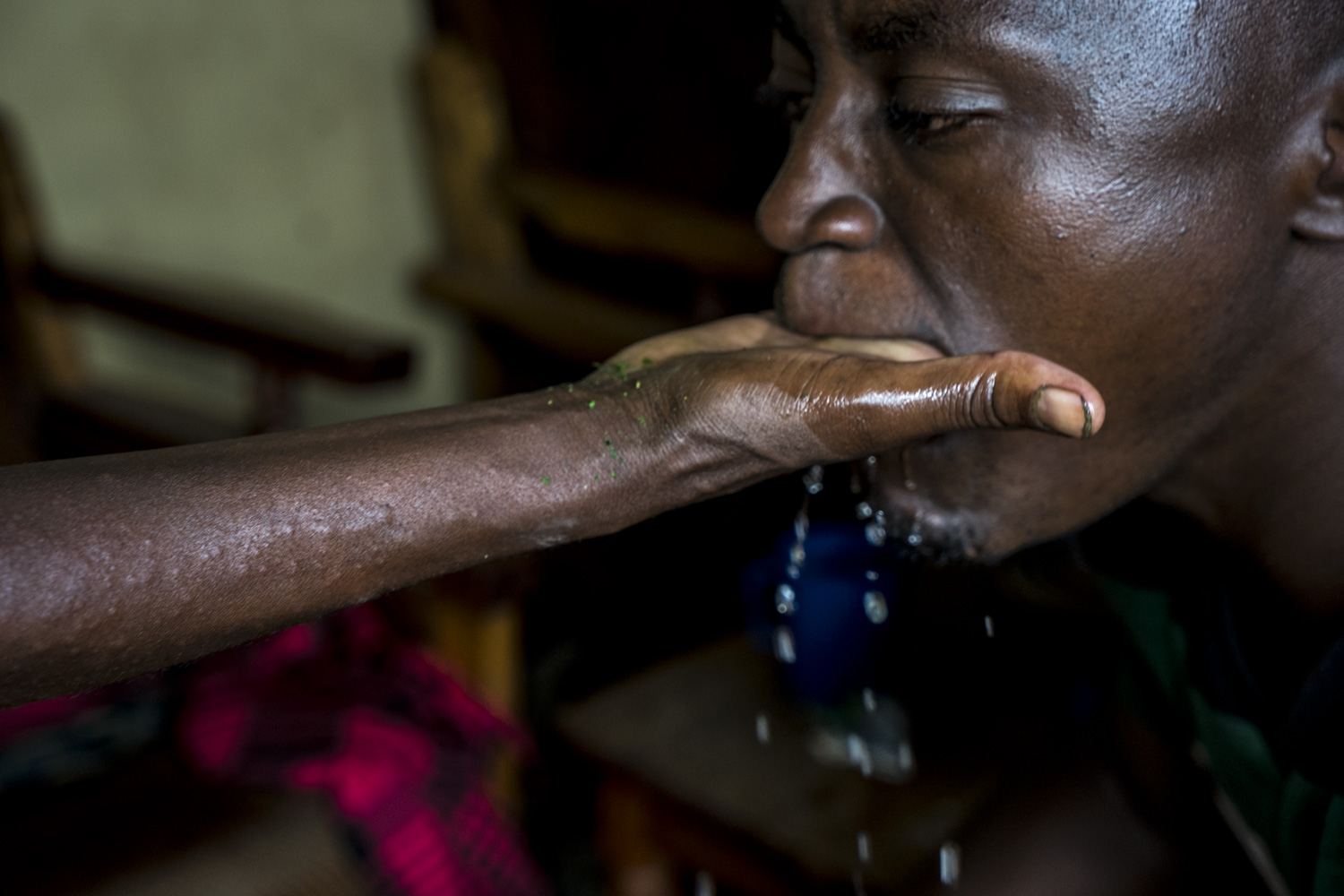
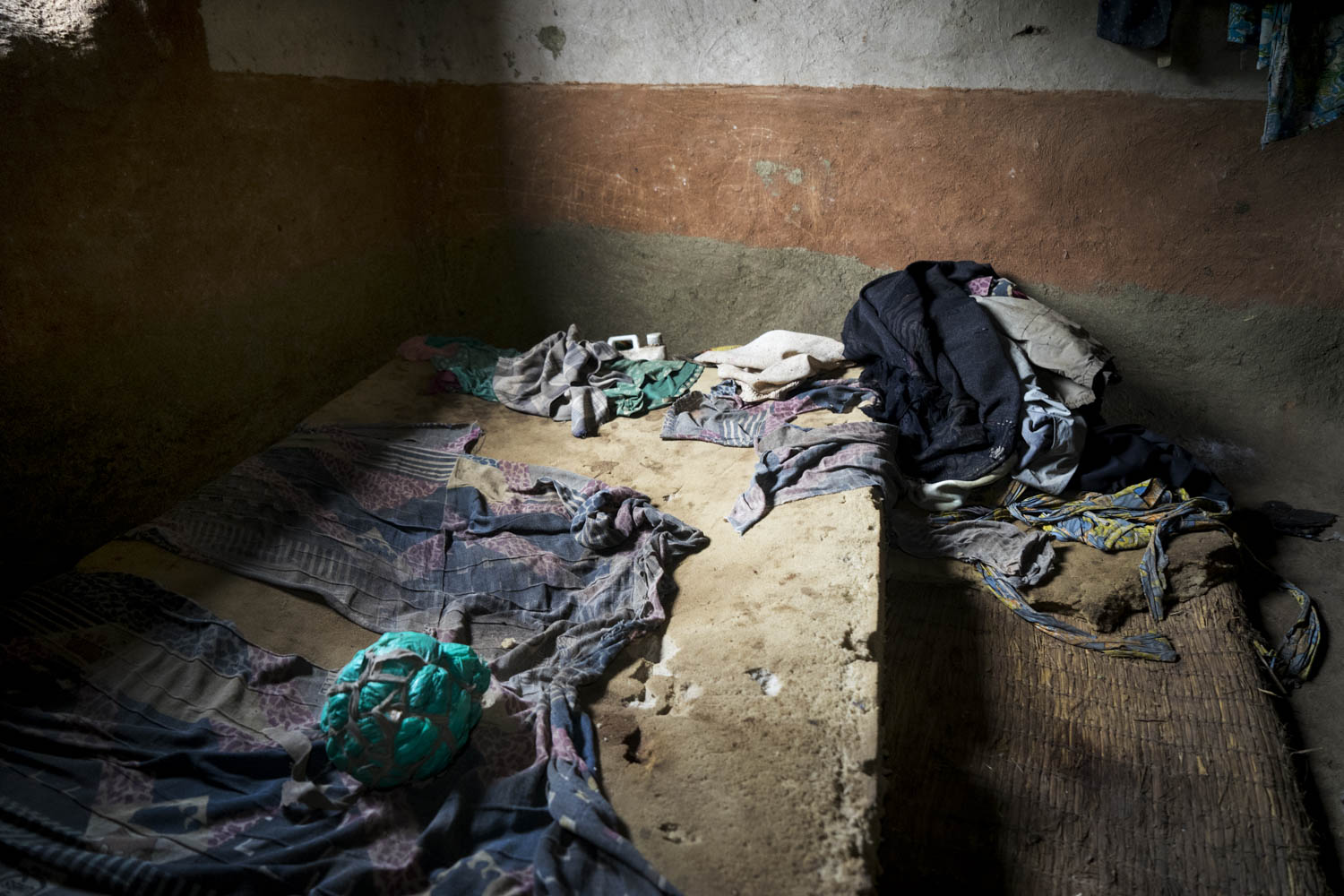
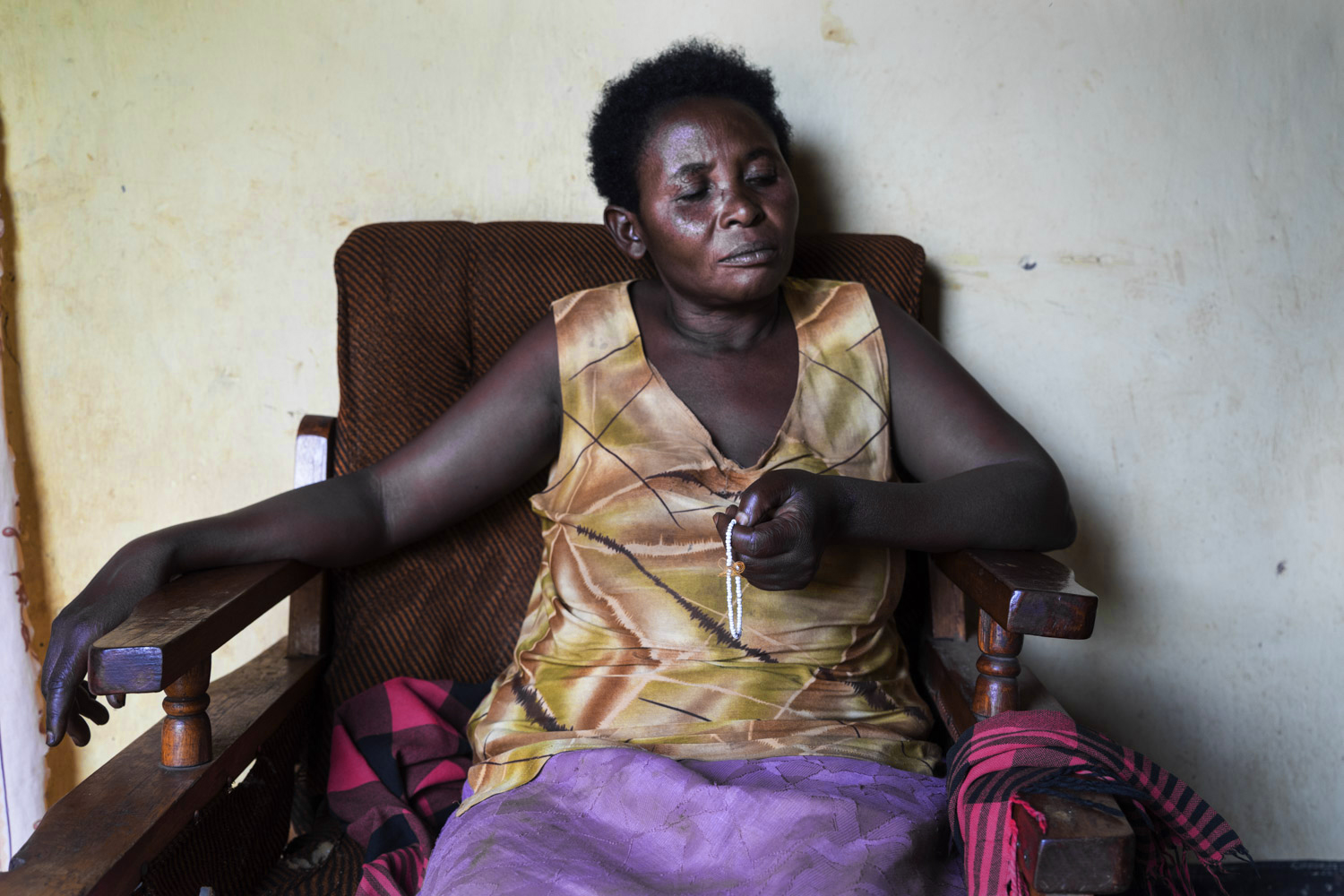
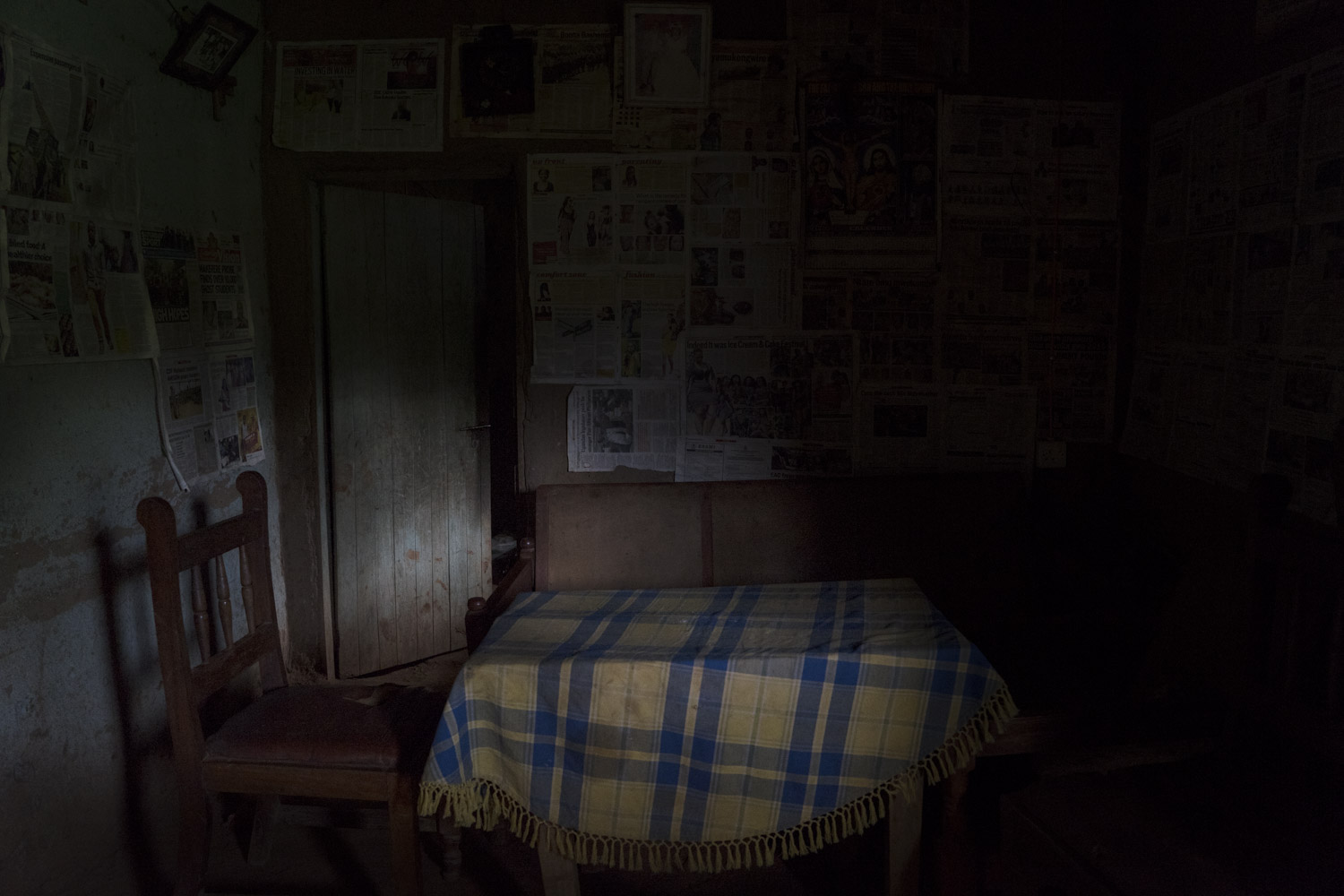
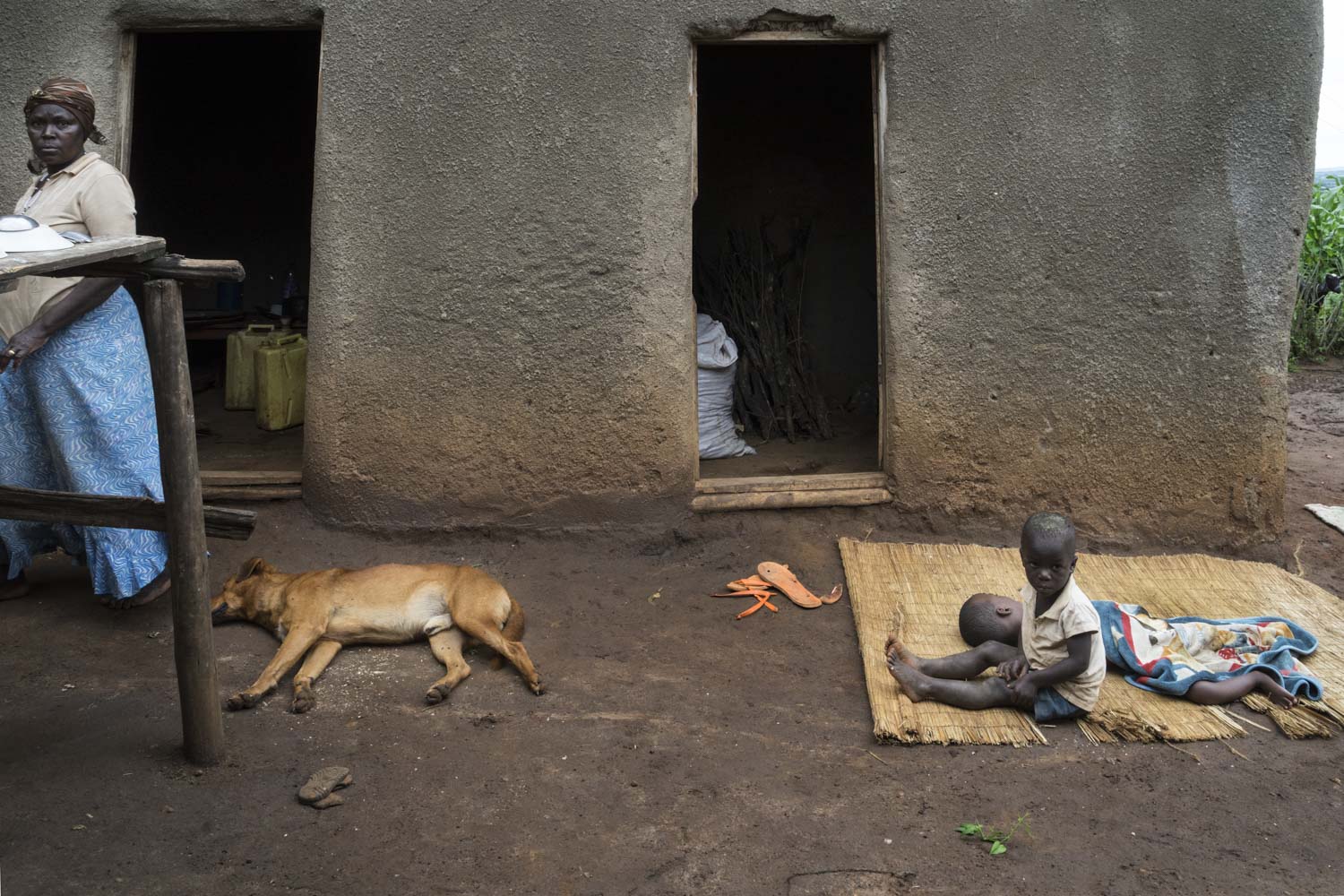
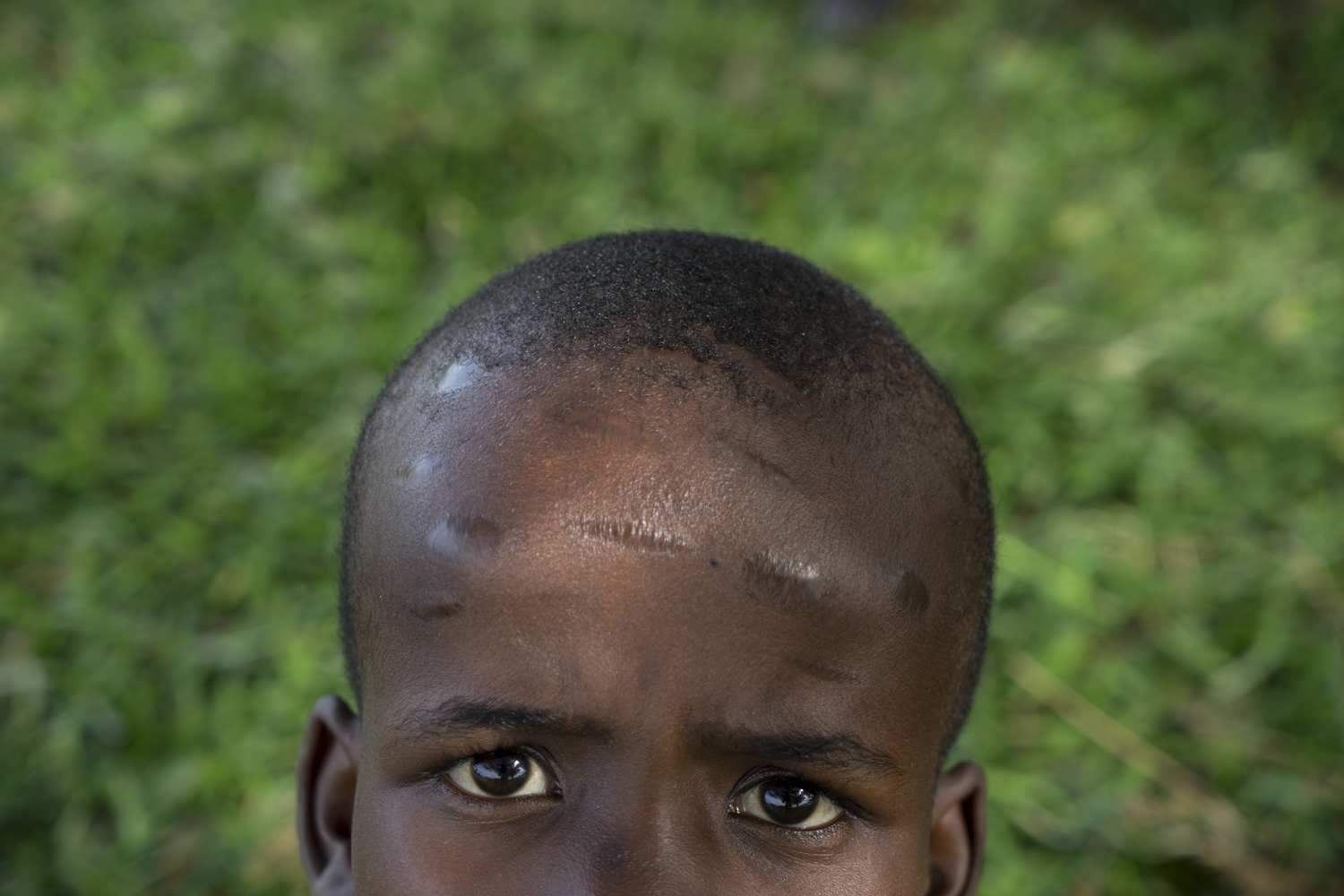
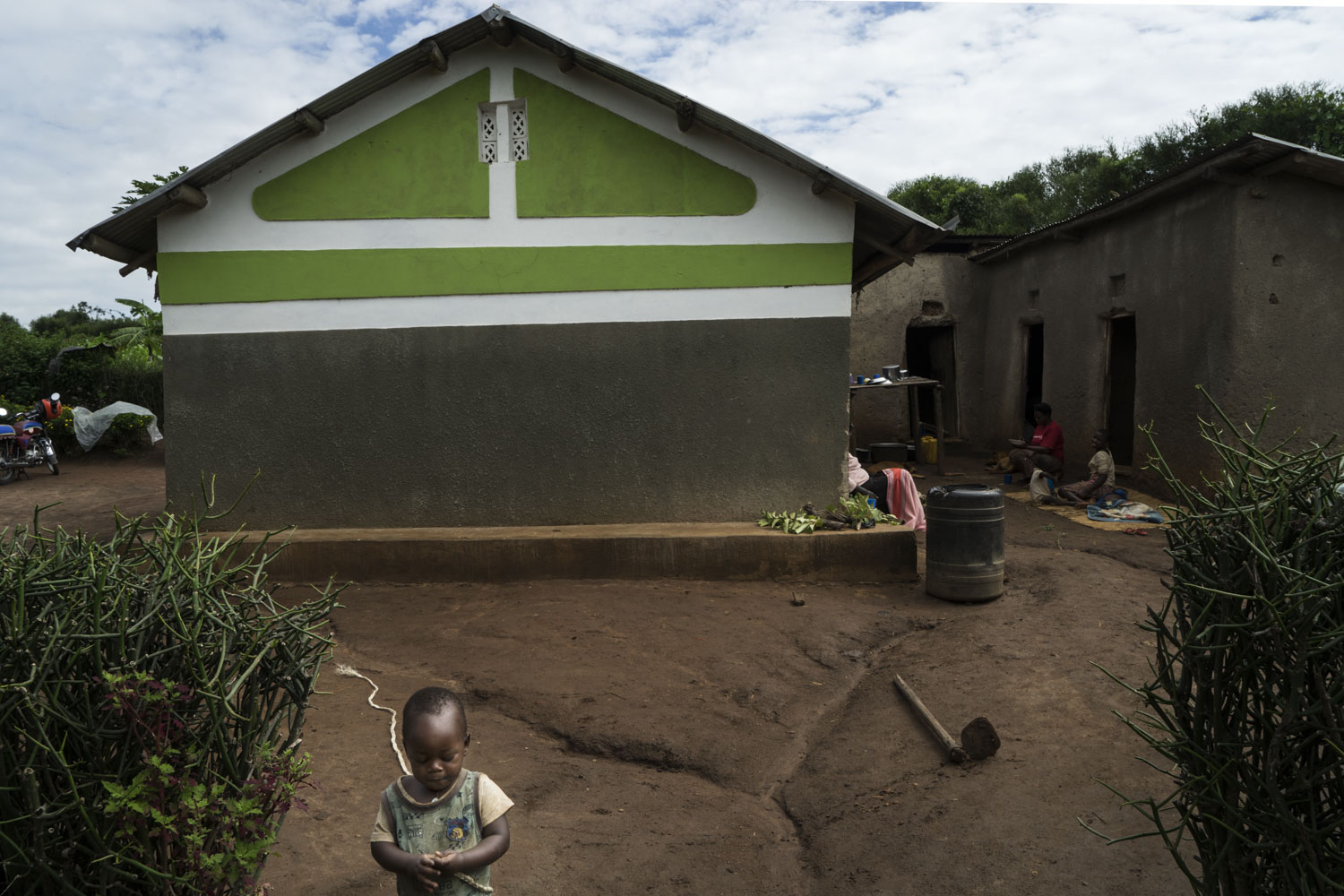
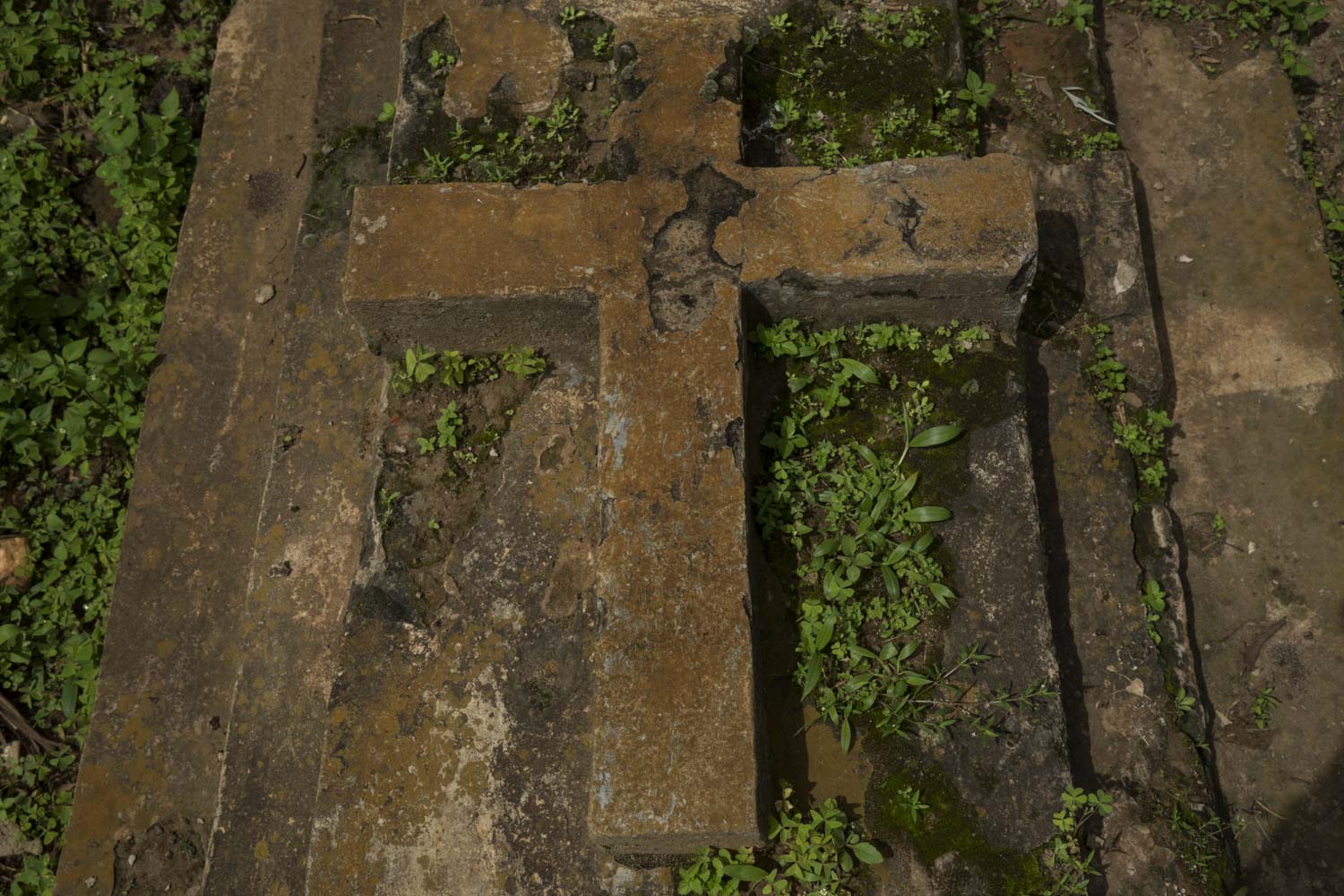
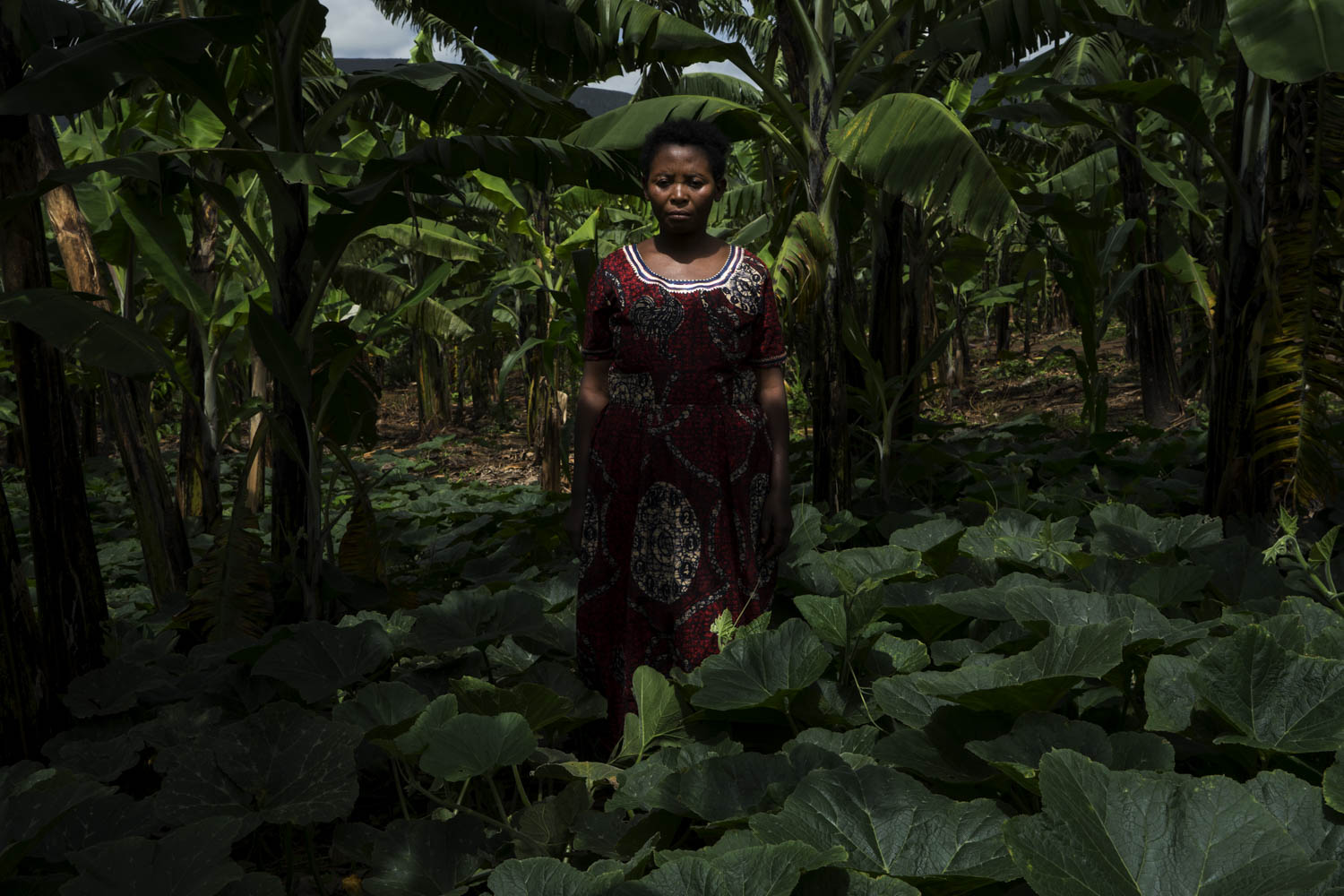
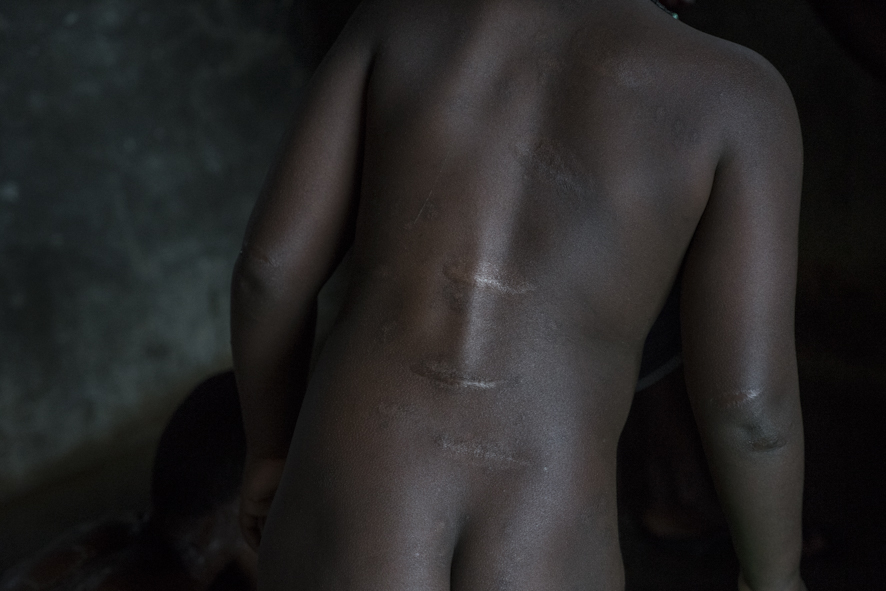
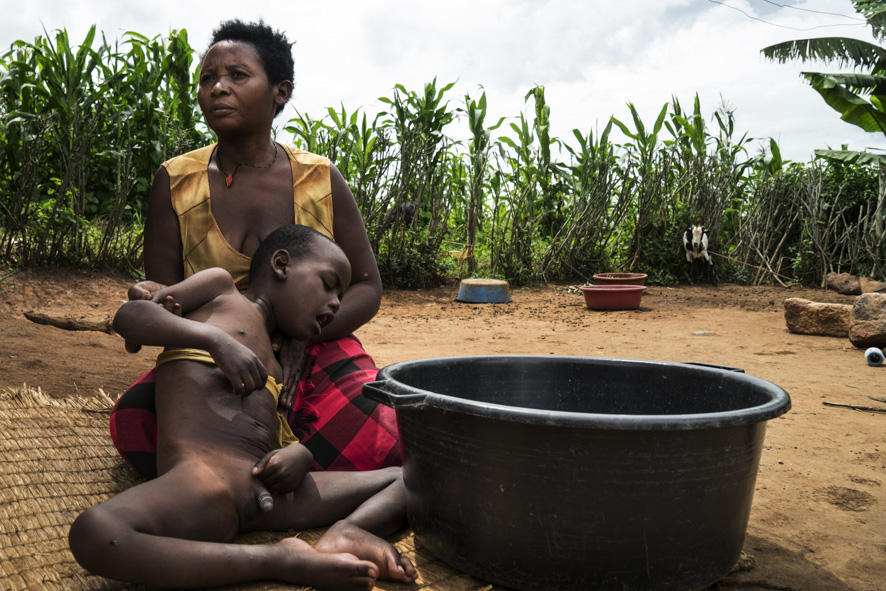
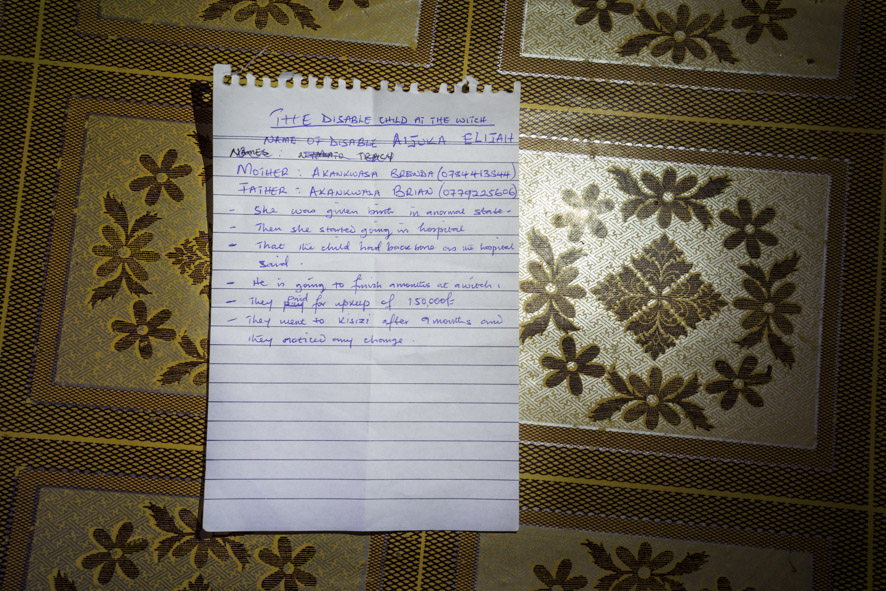
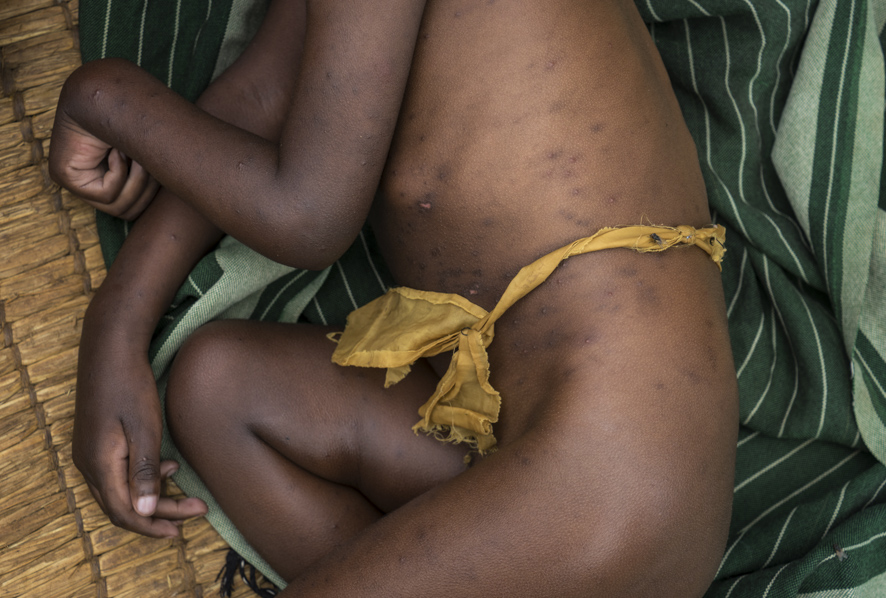
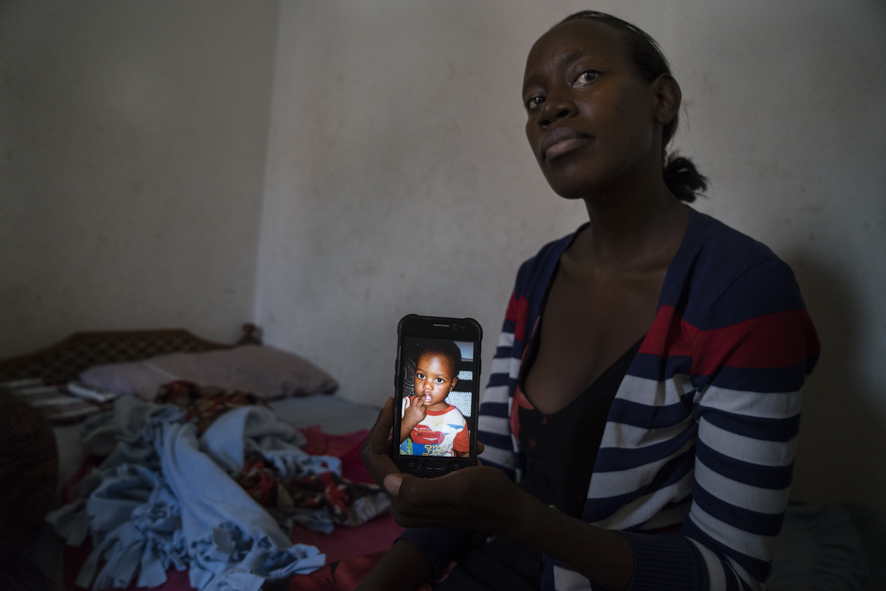

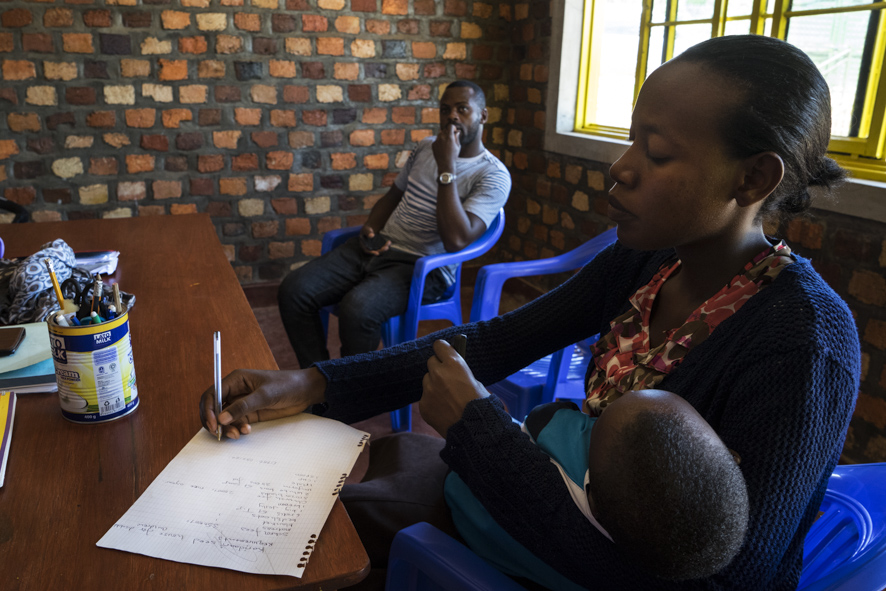
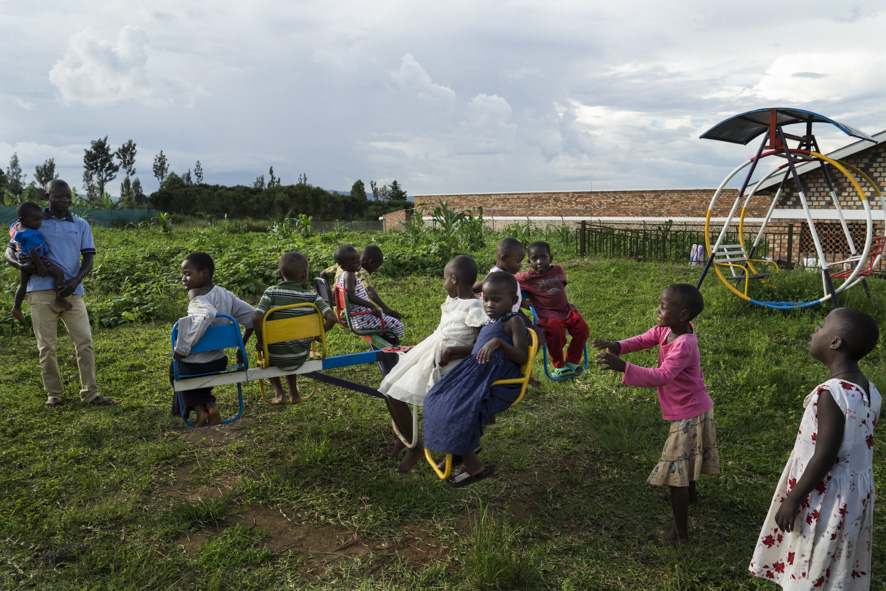
There are no comments
Add yours